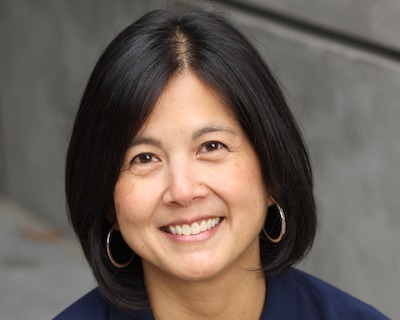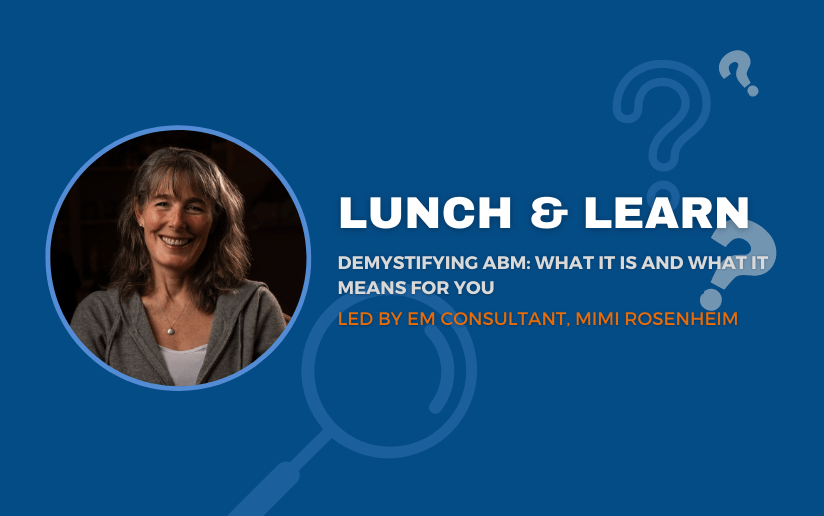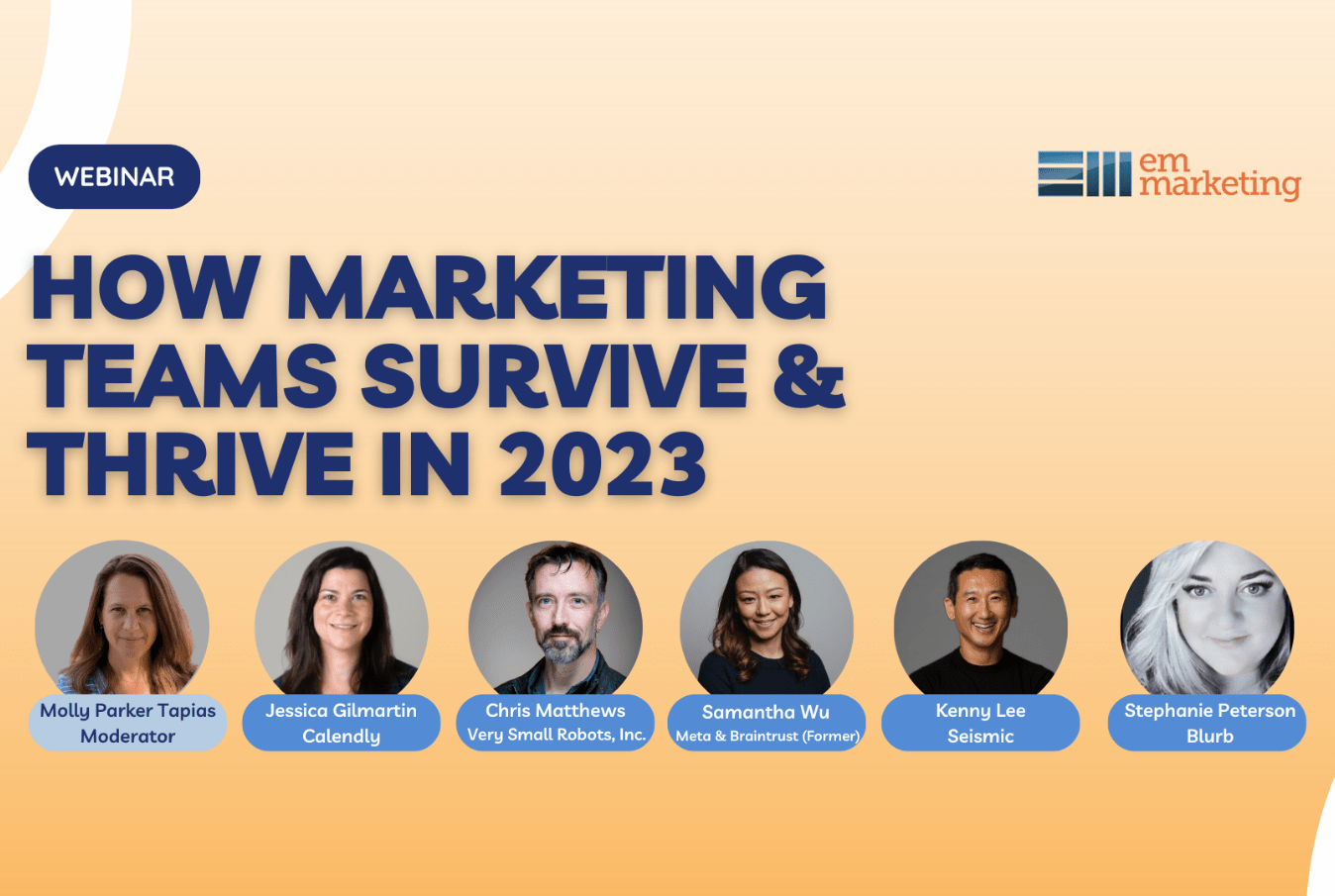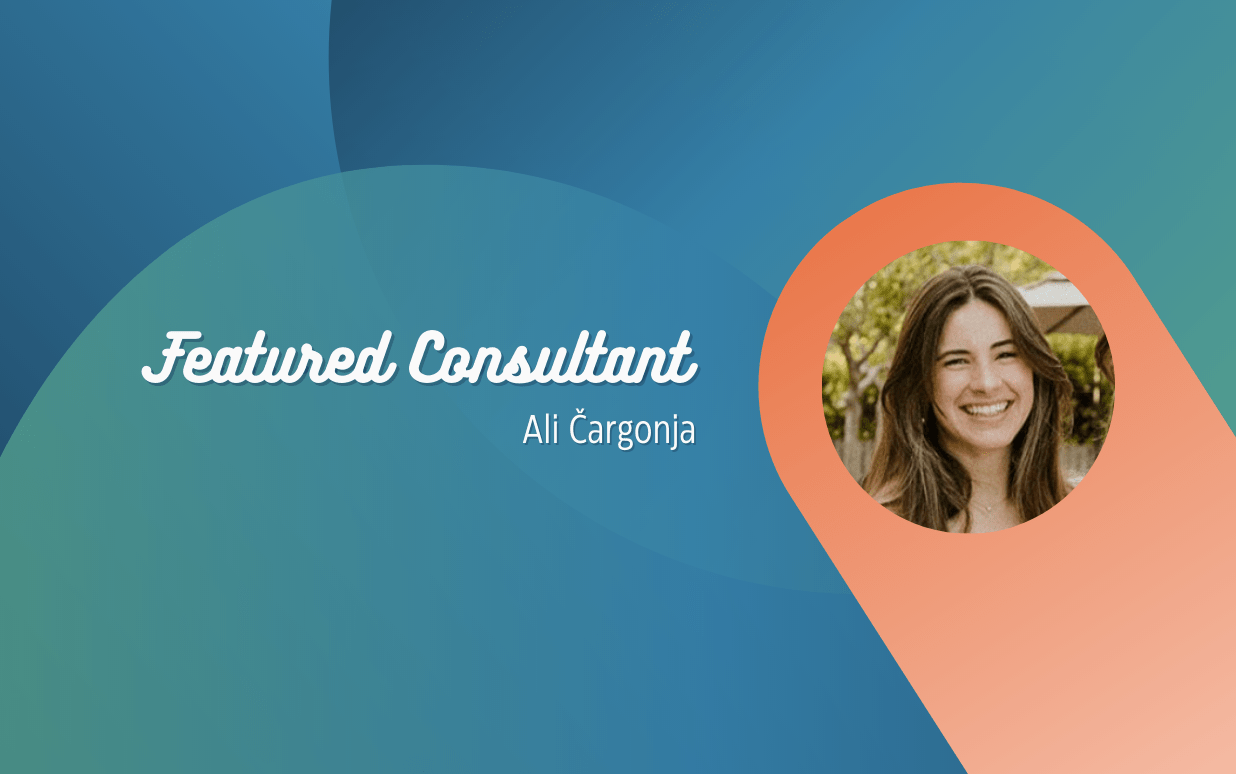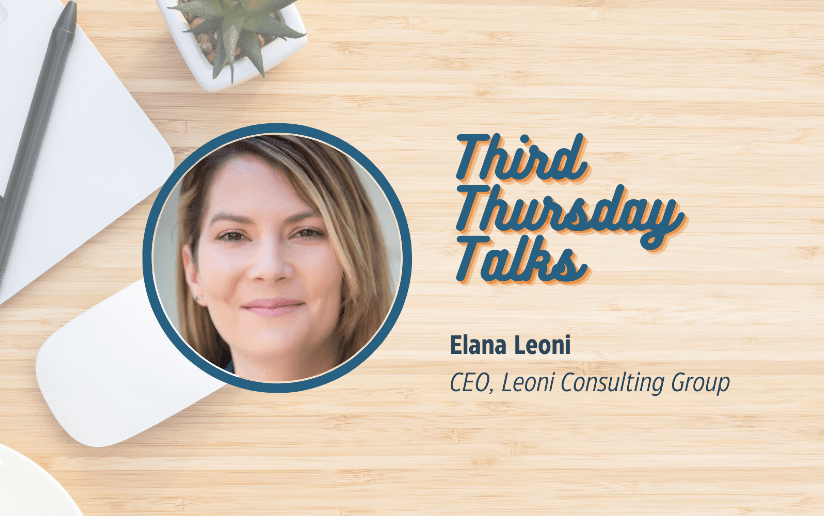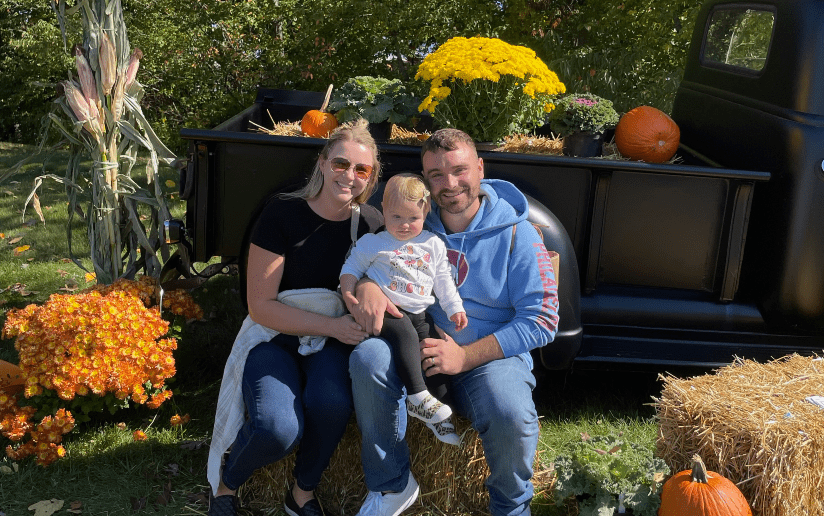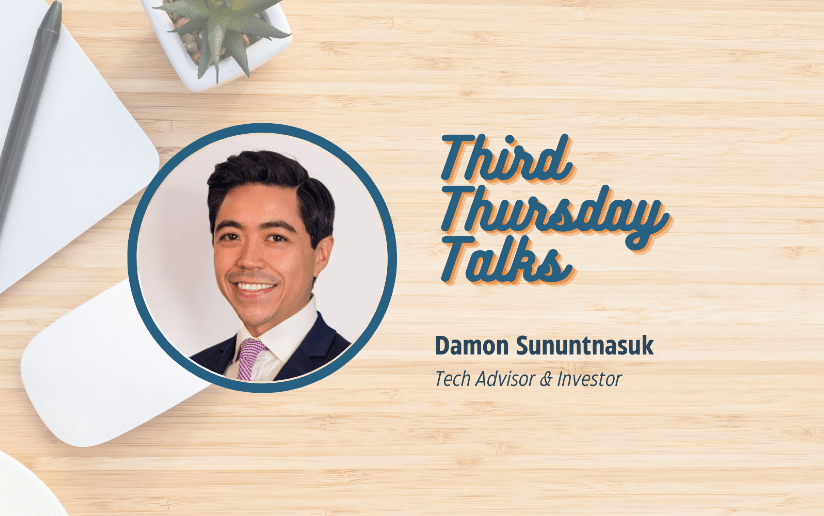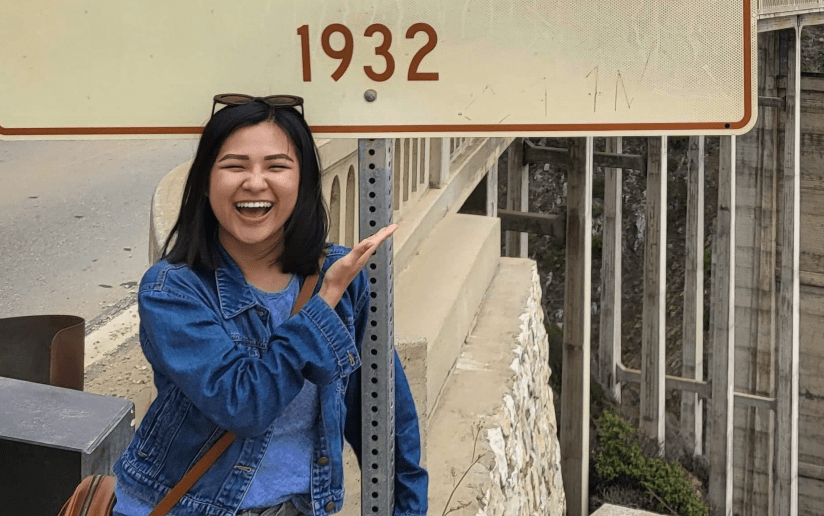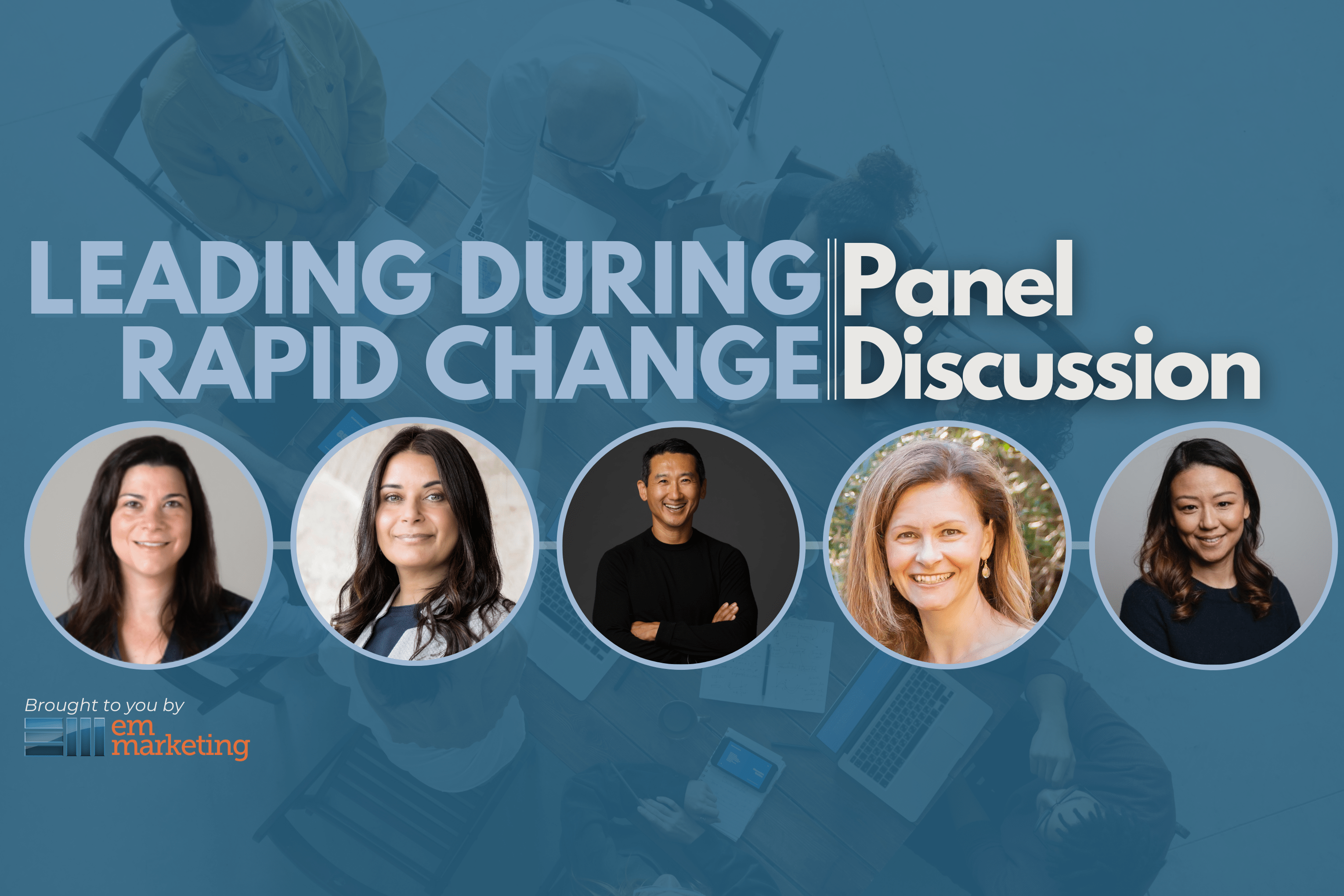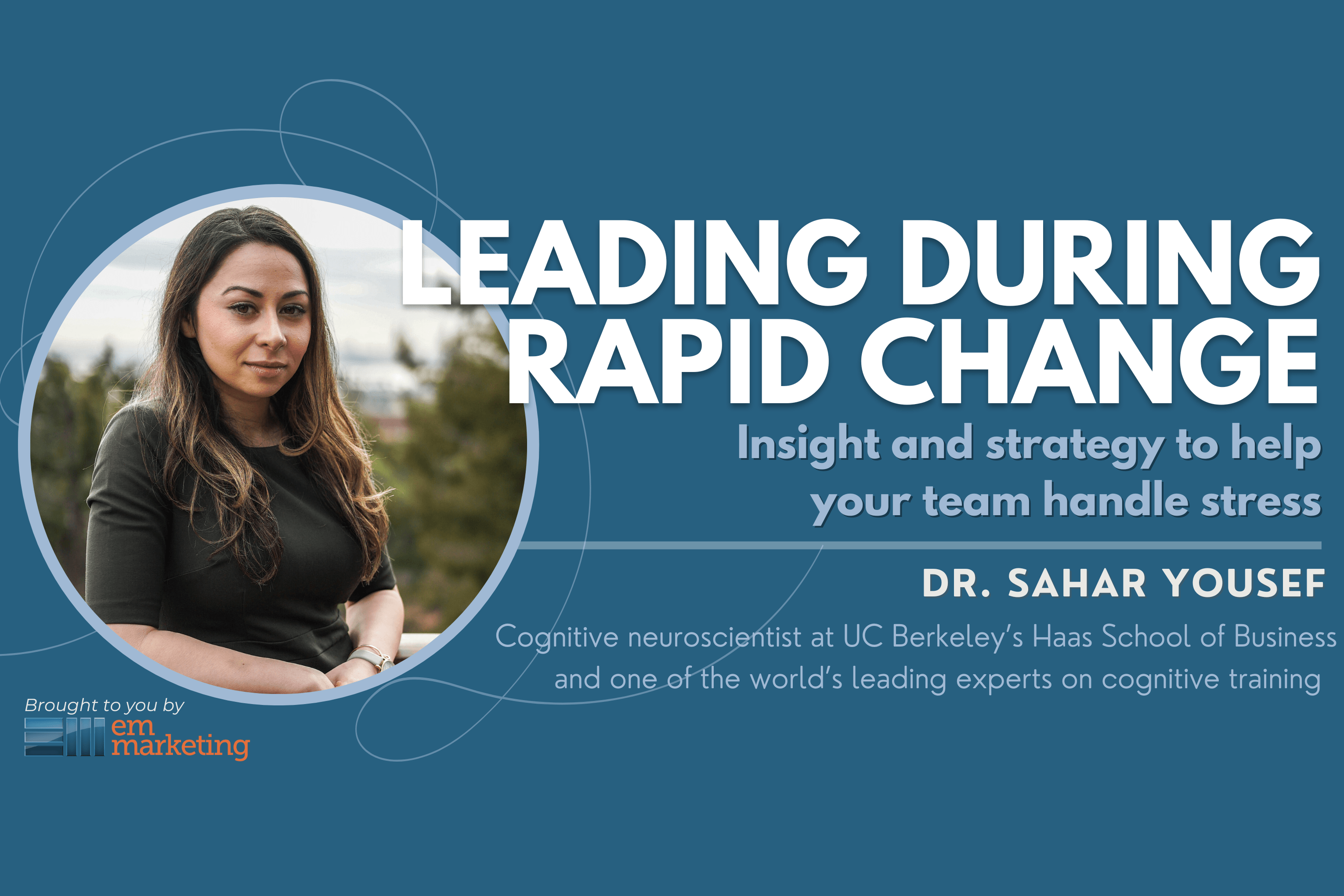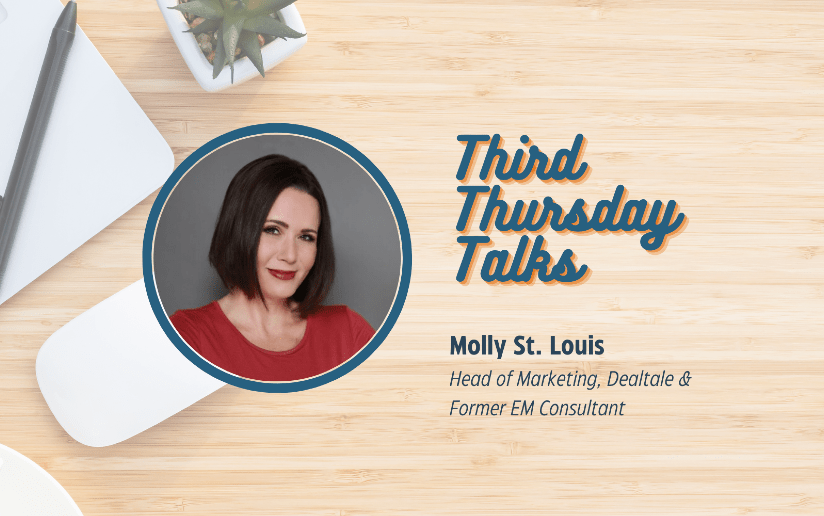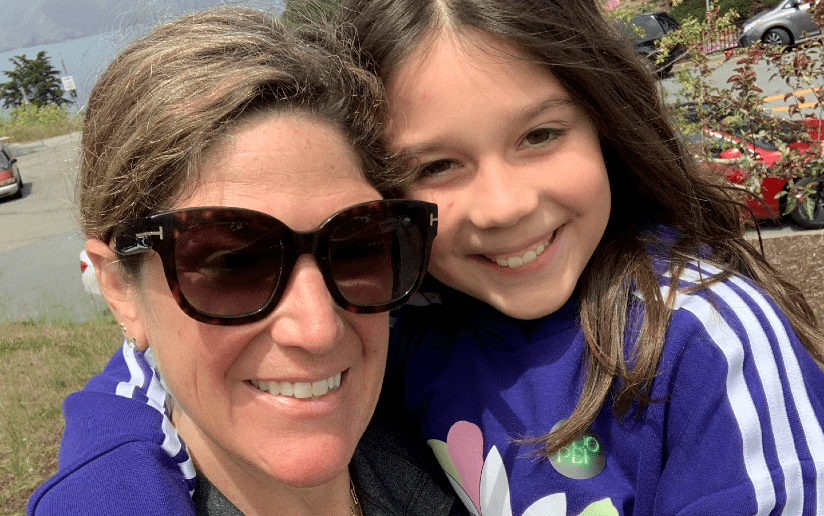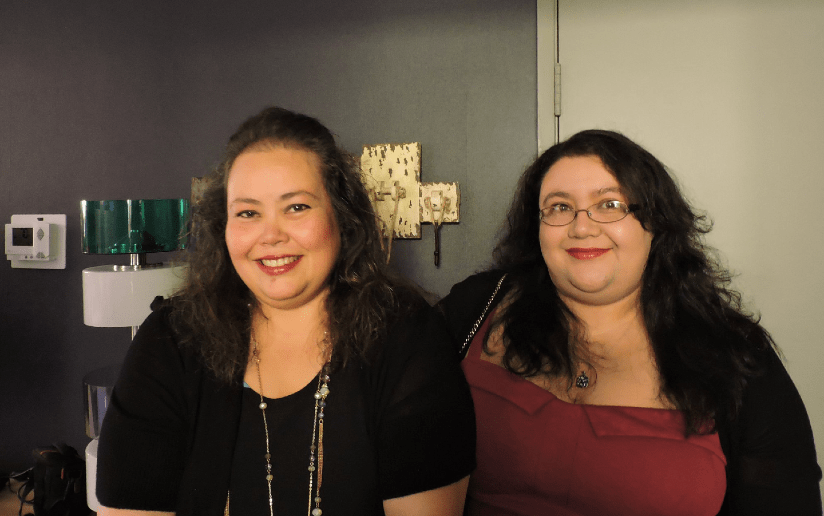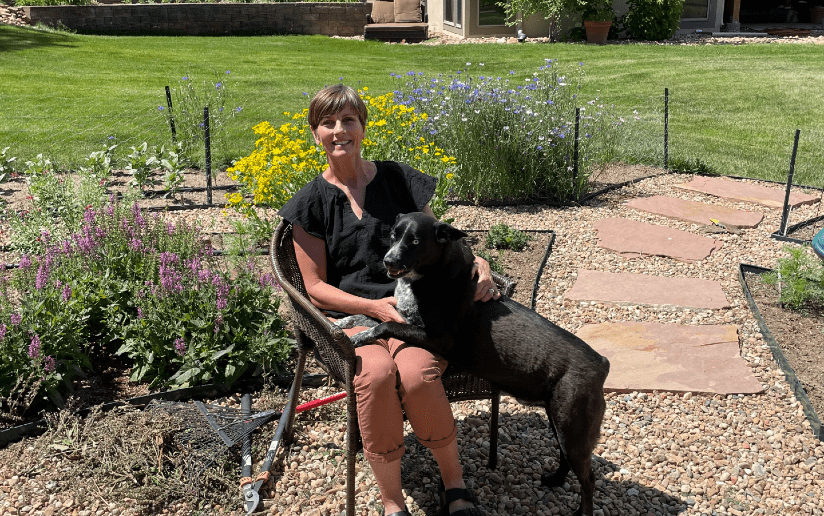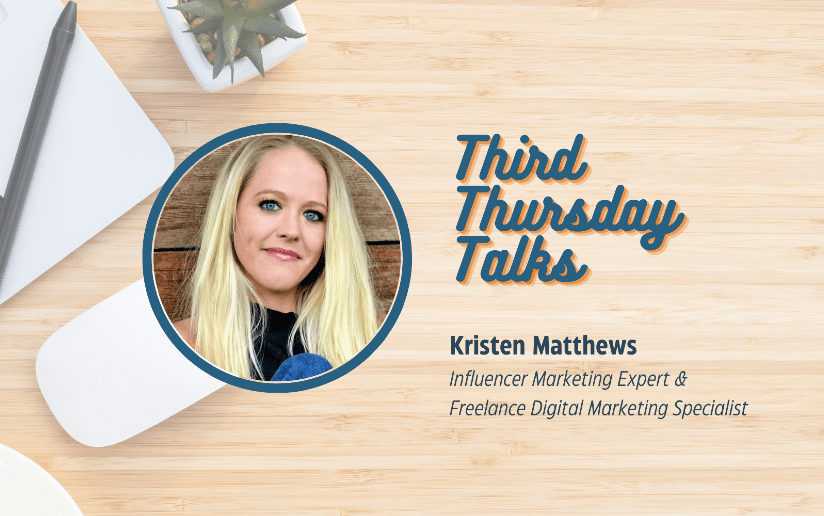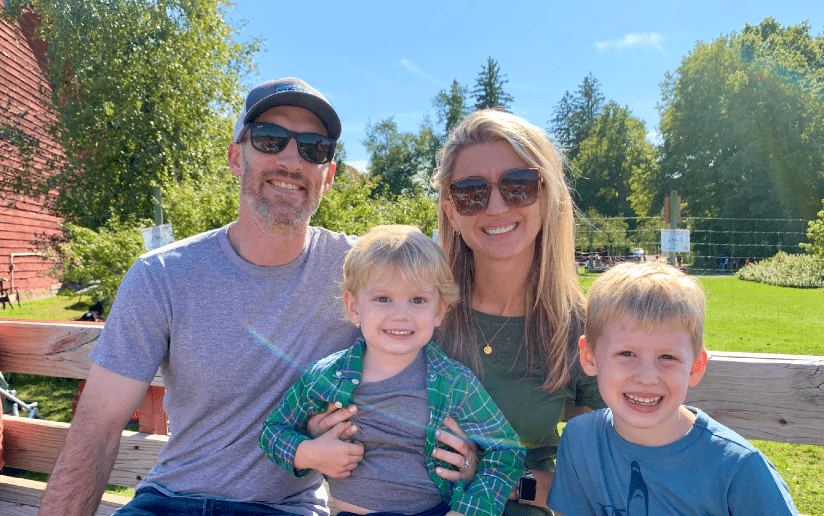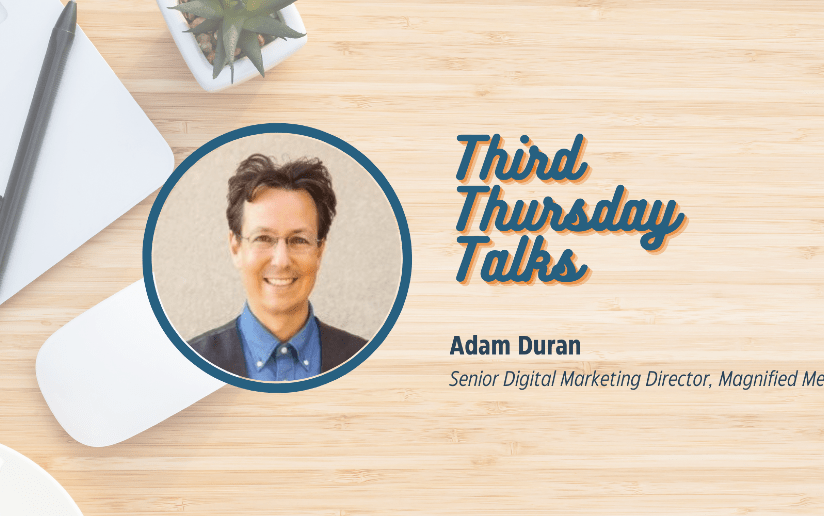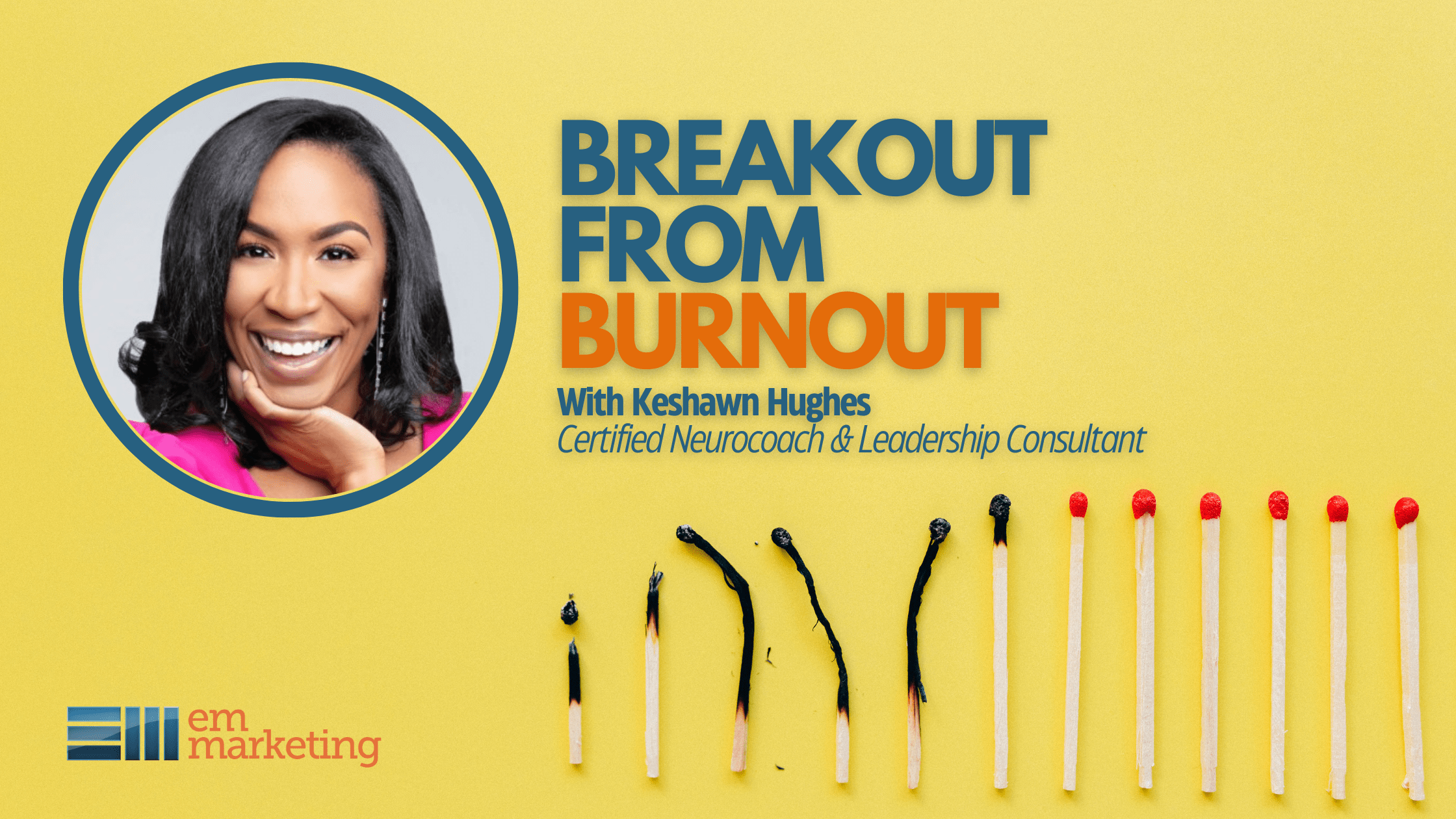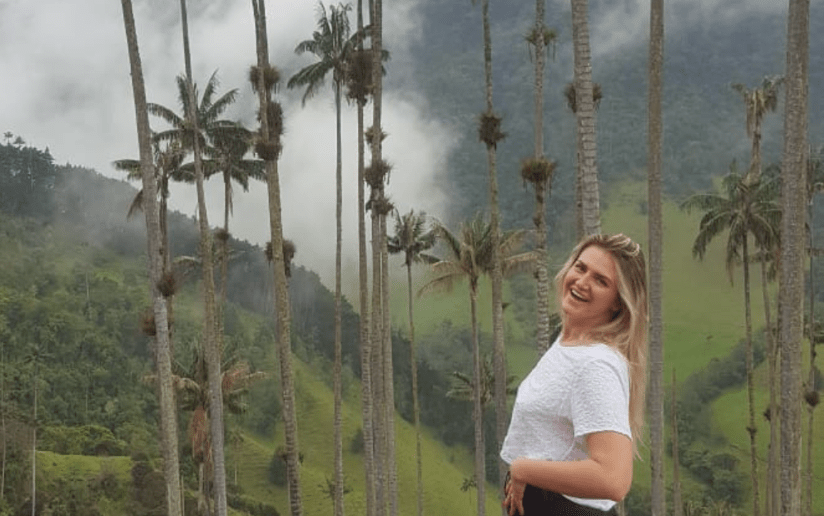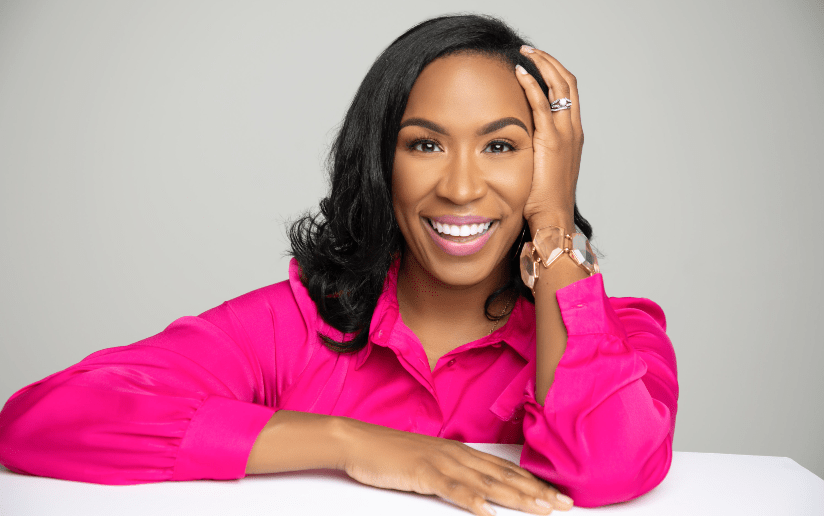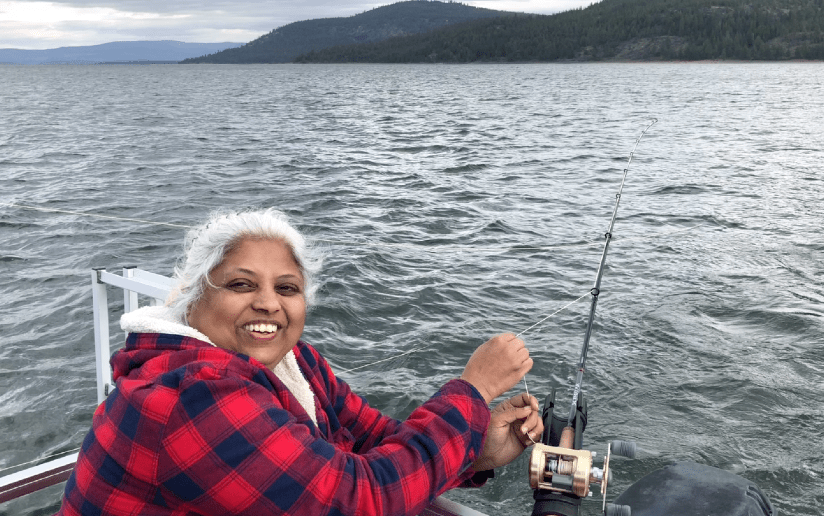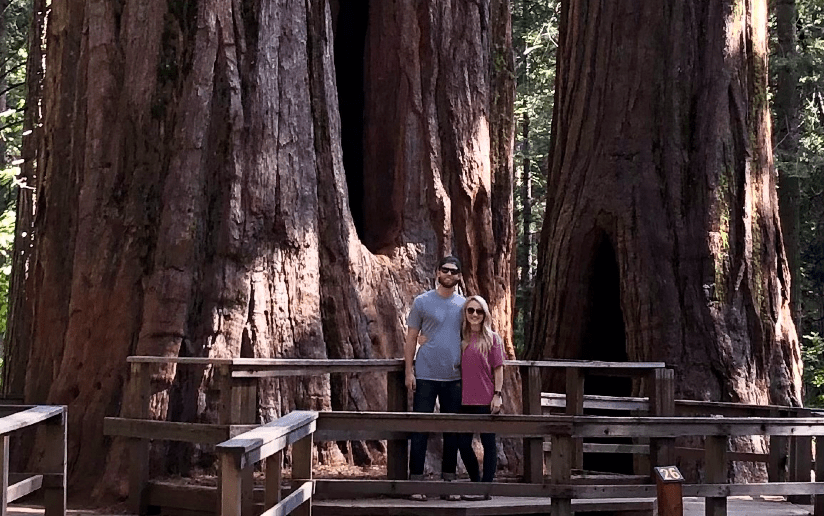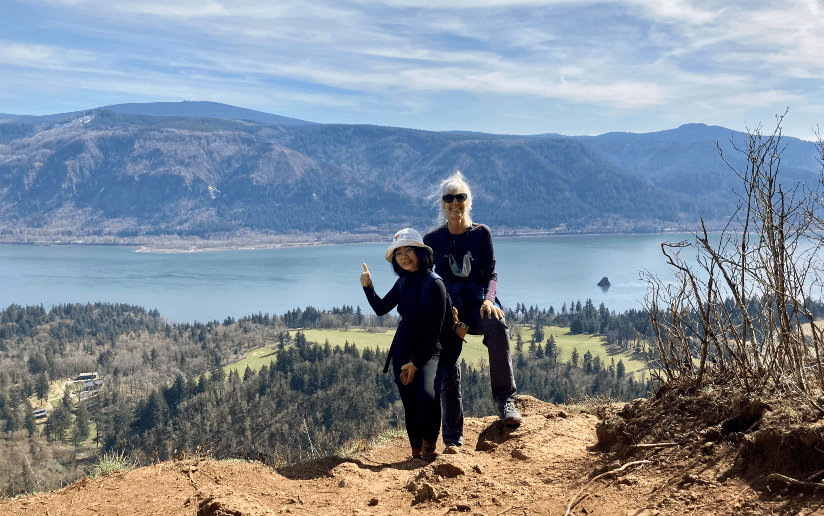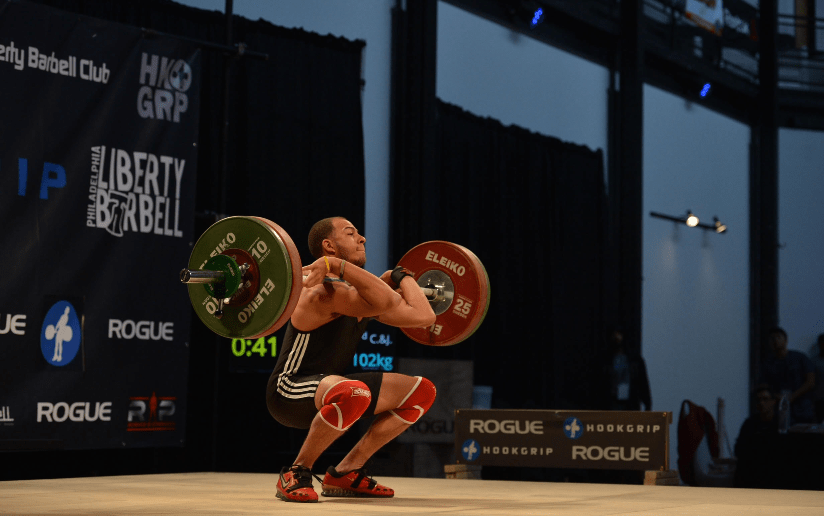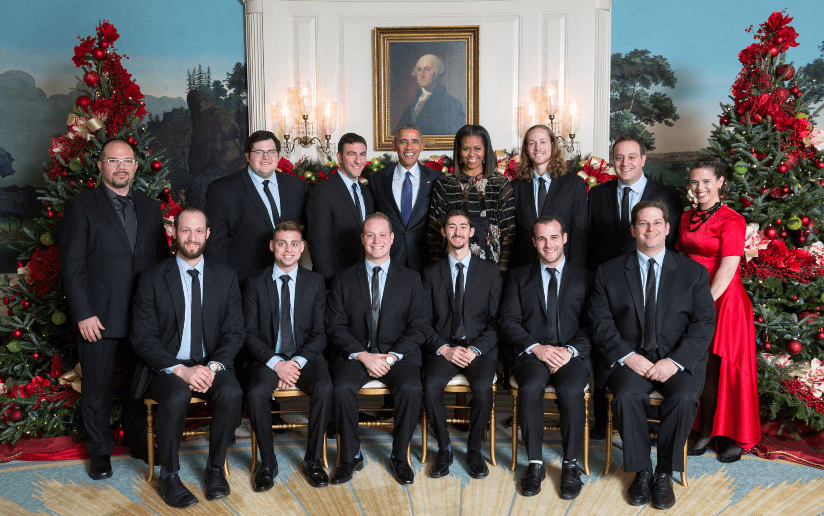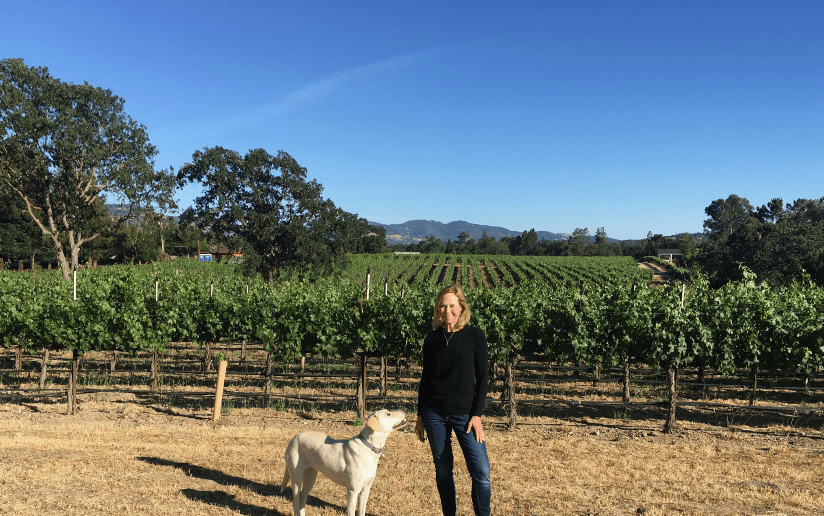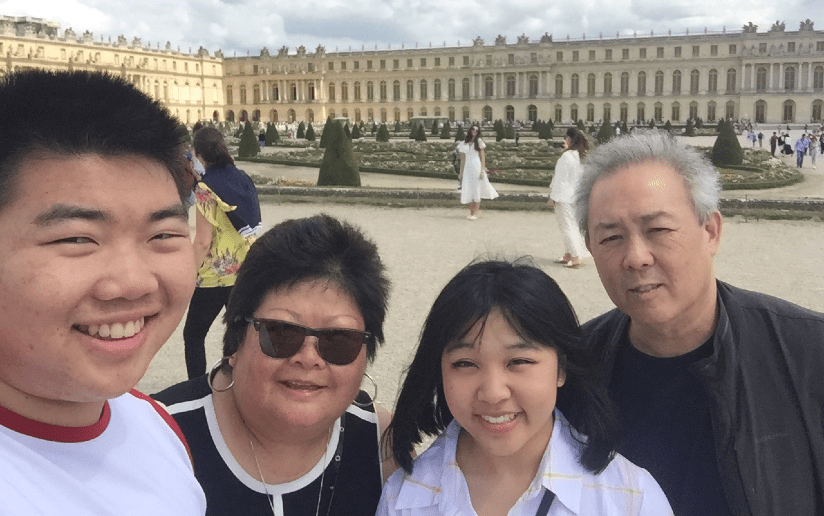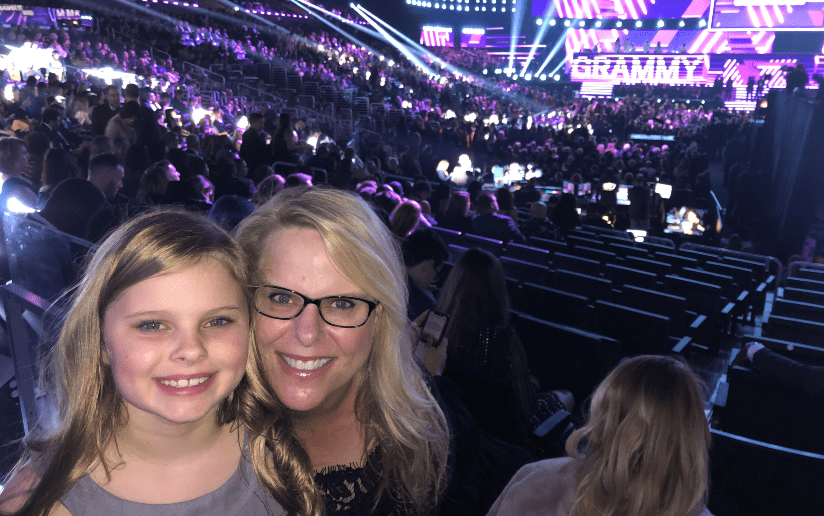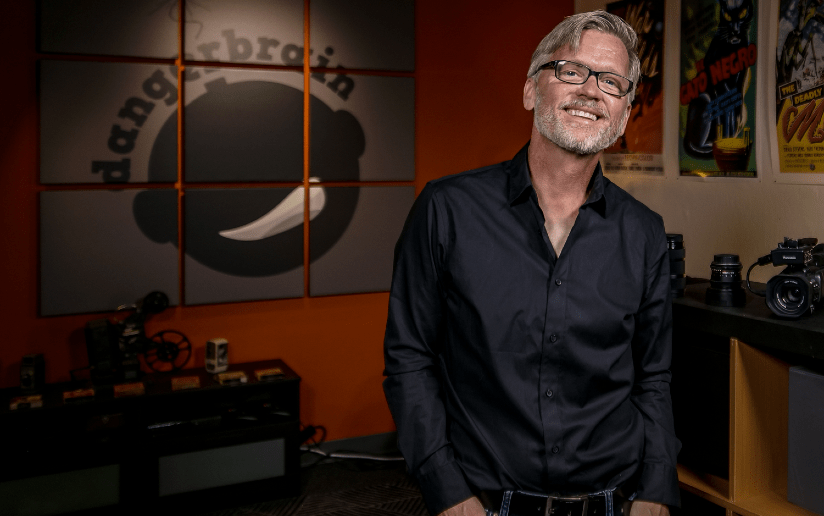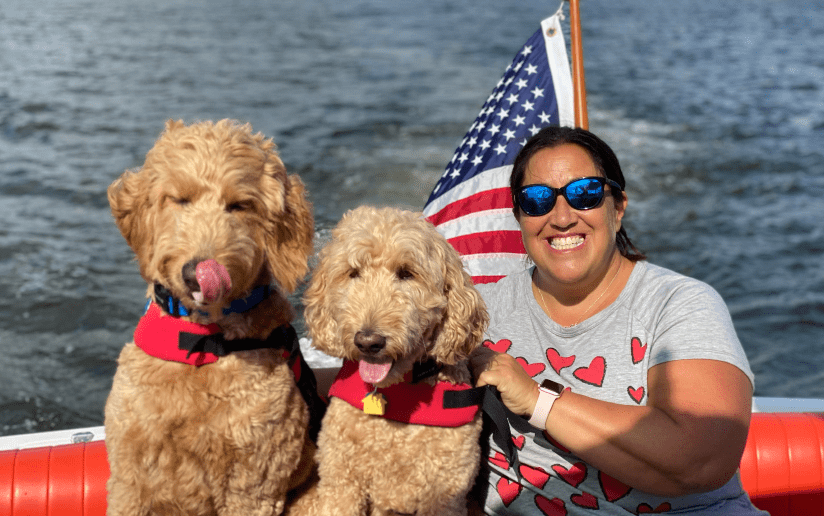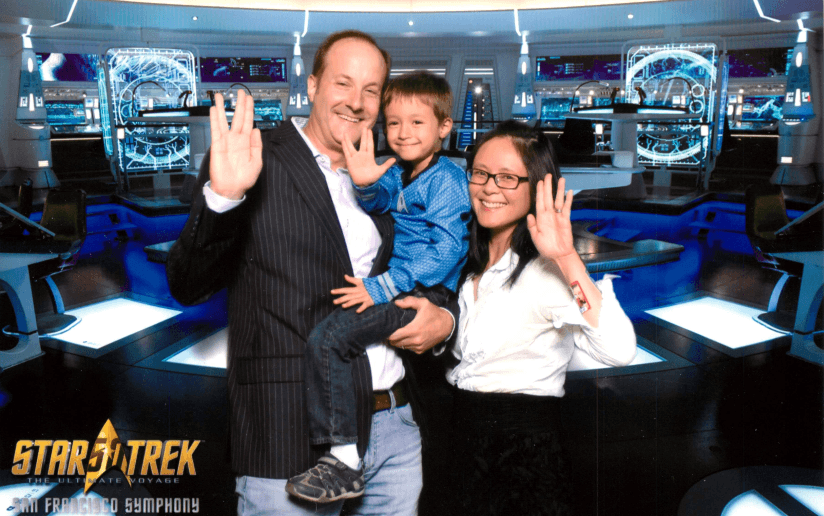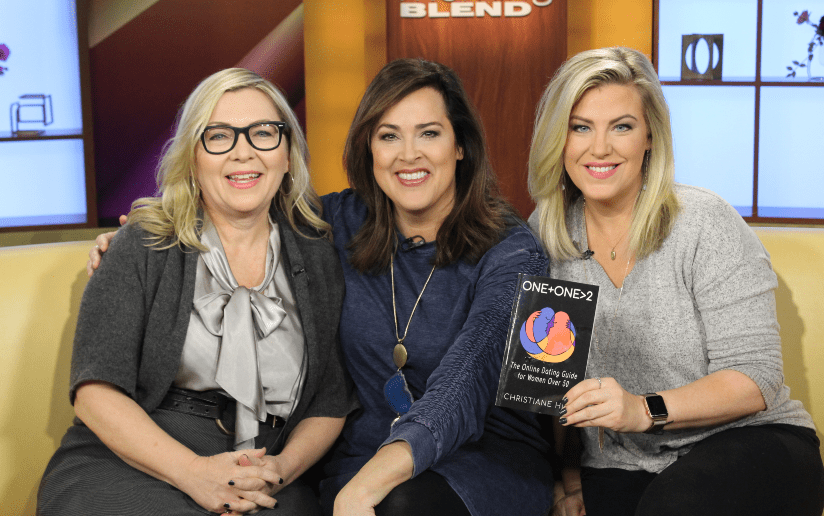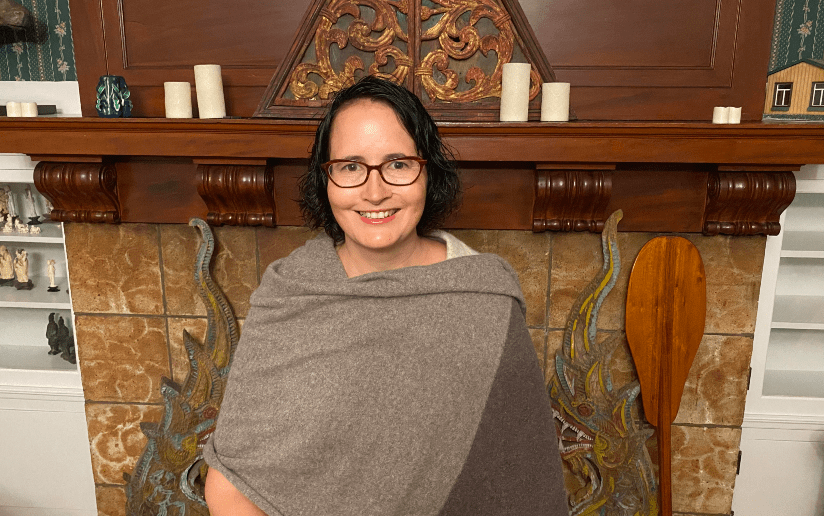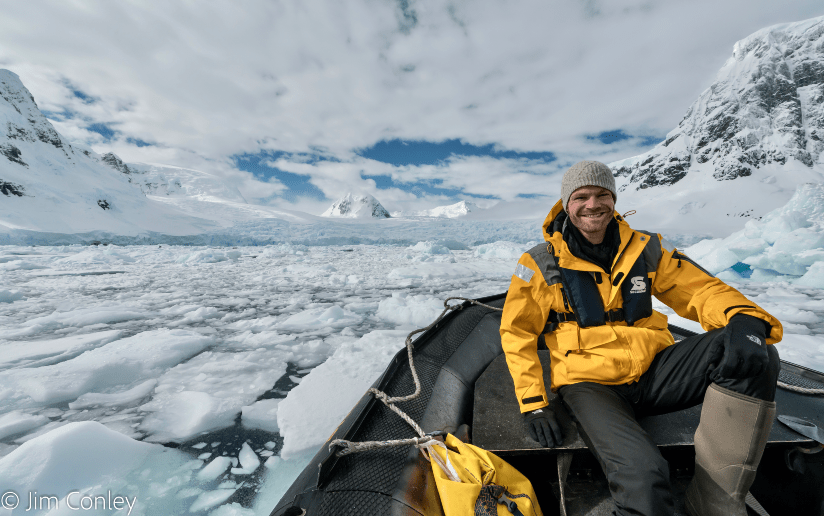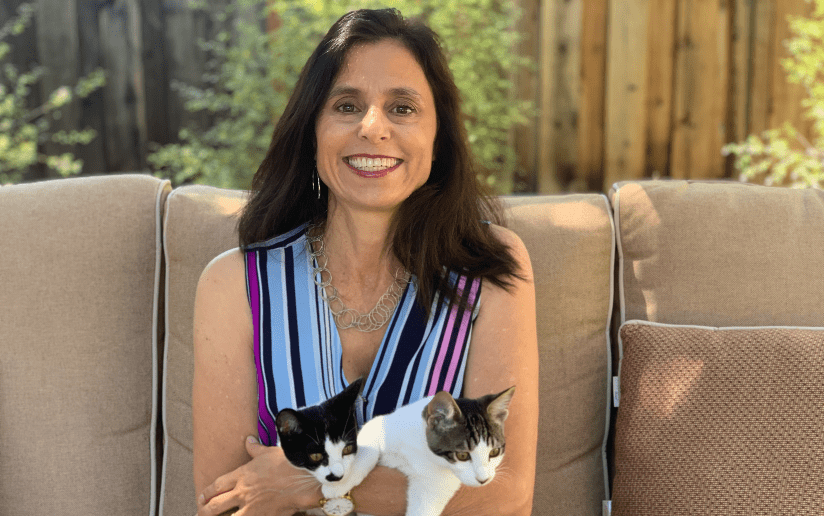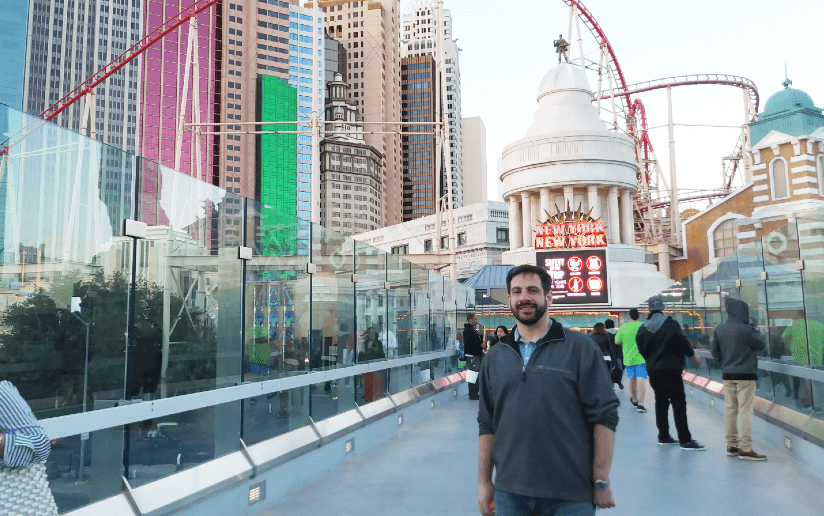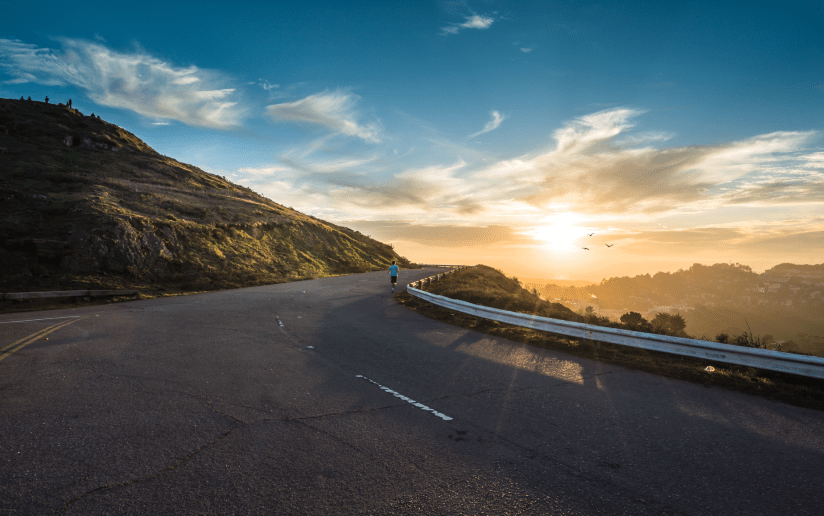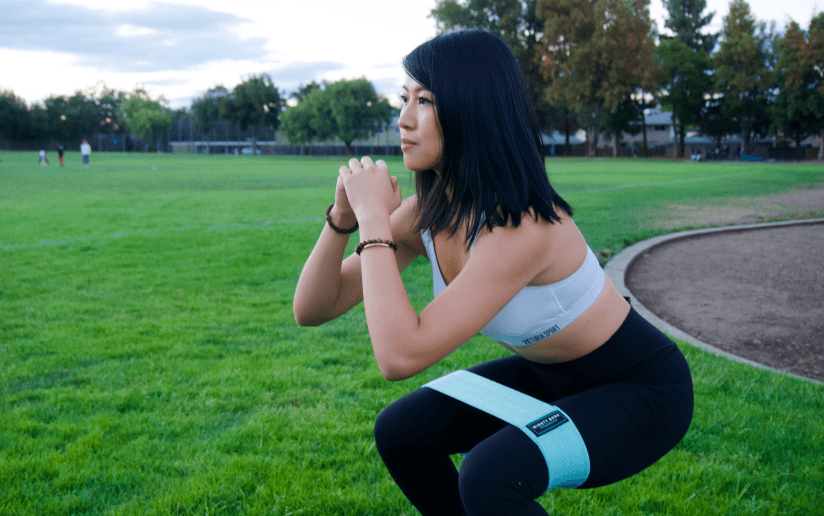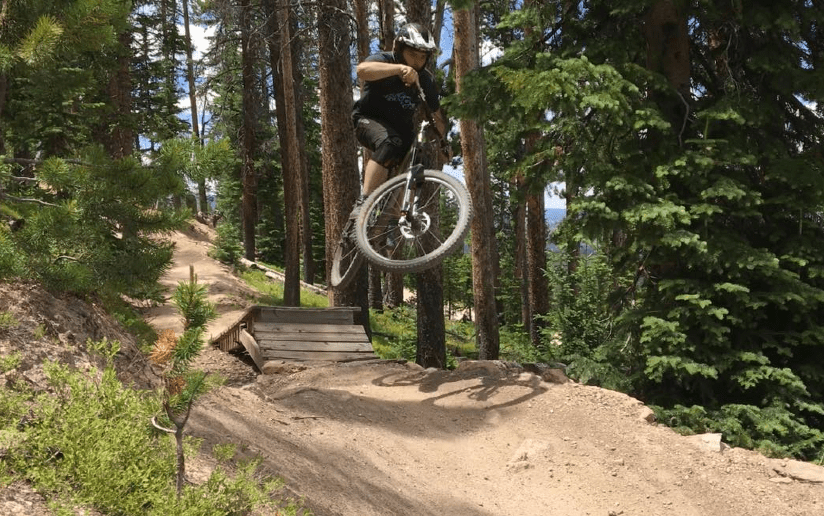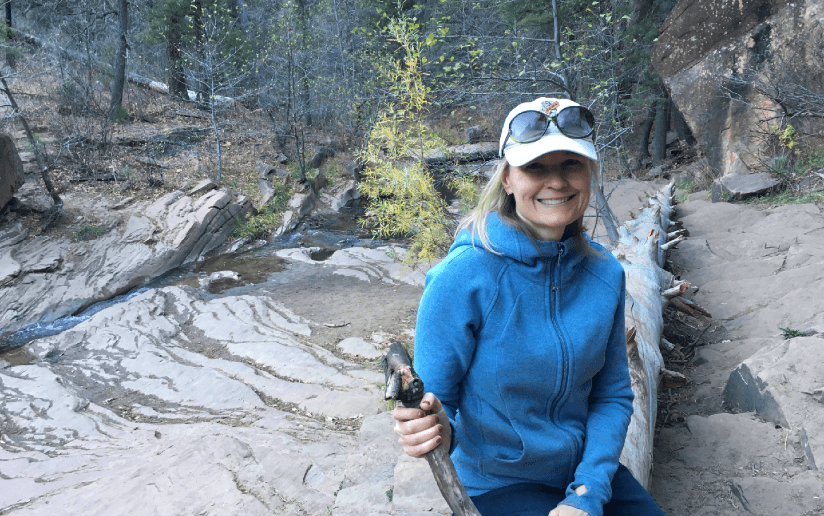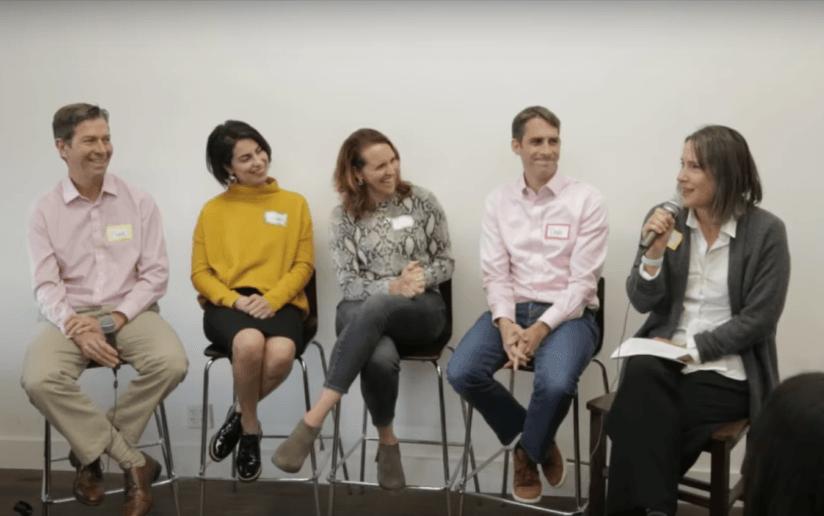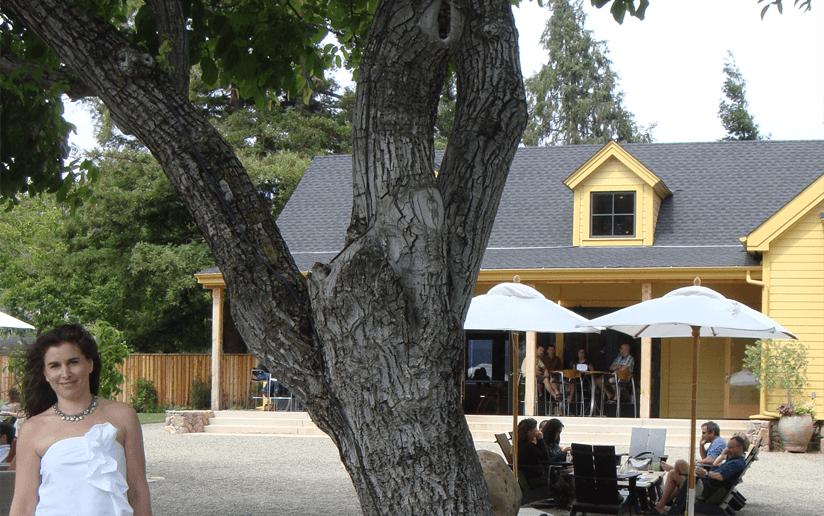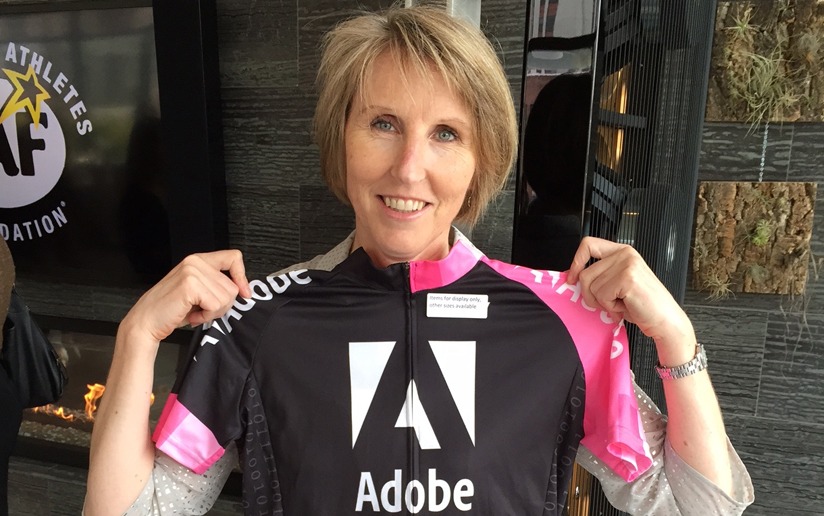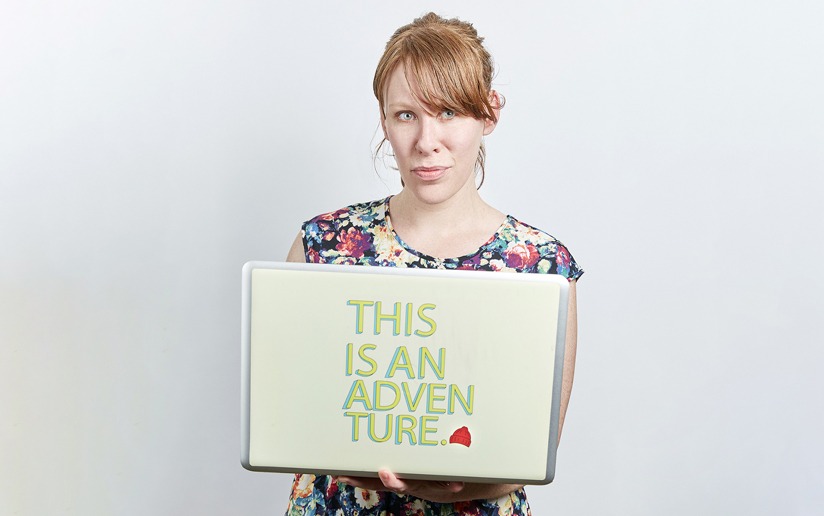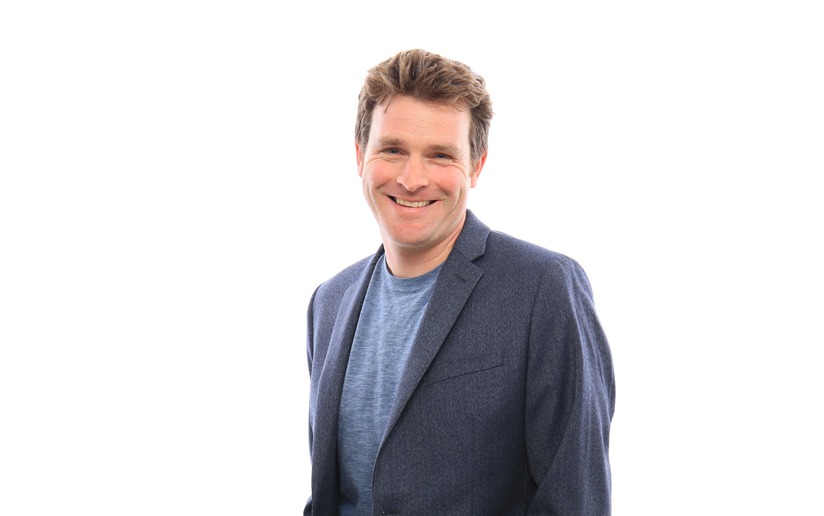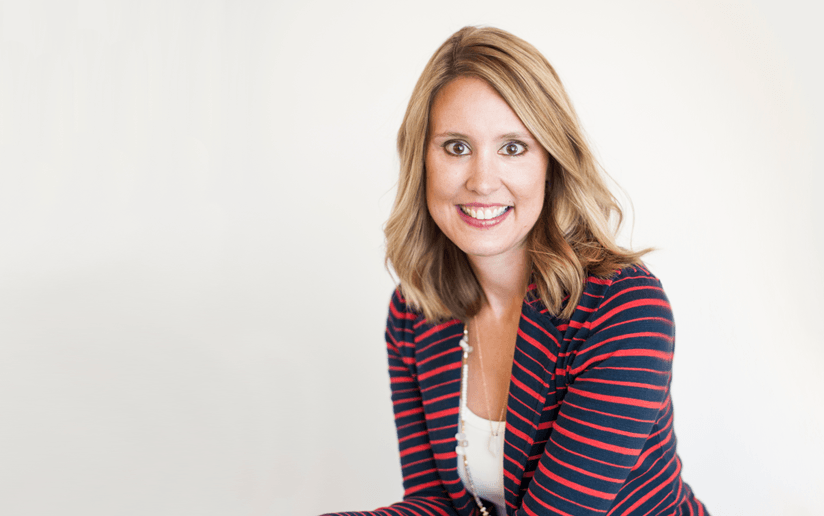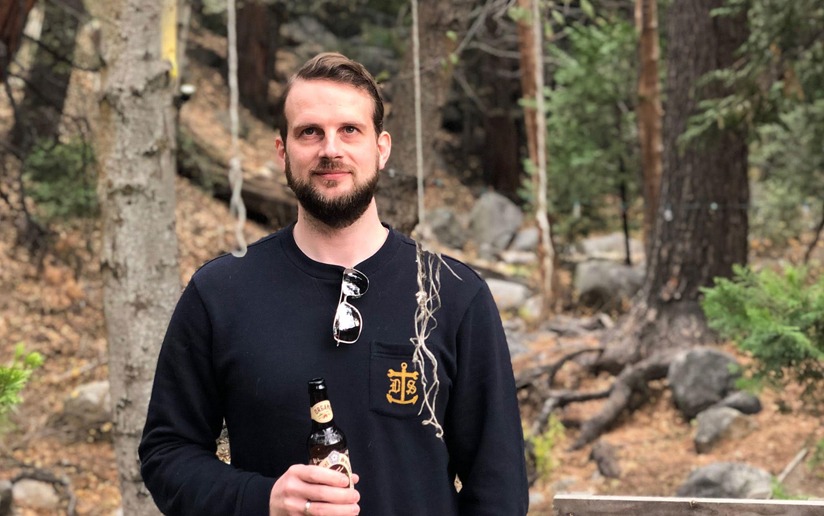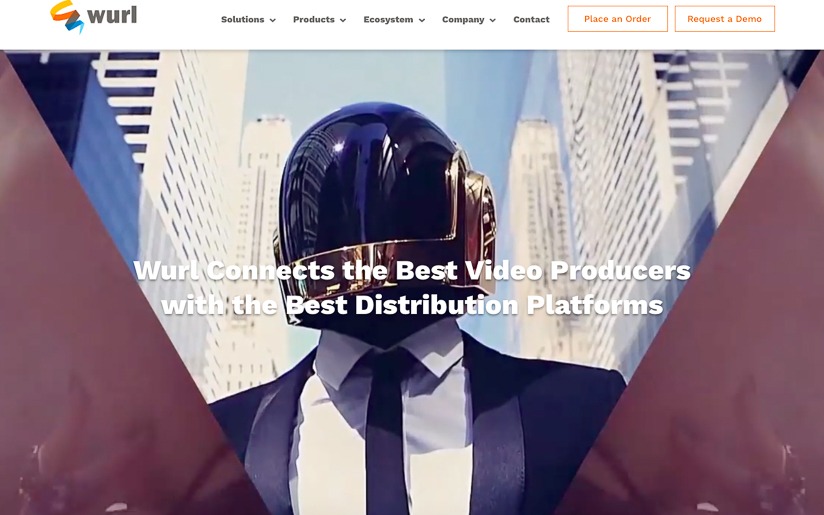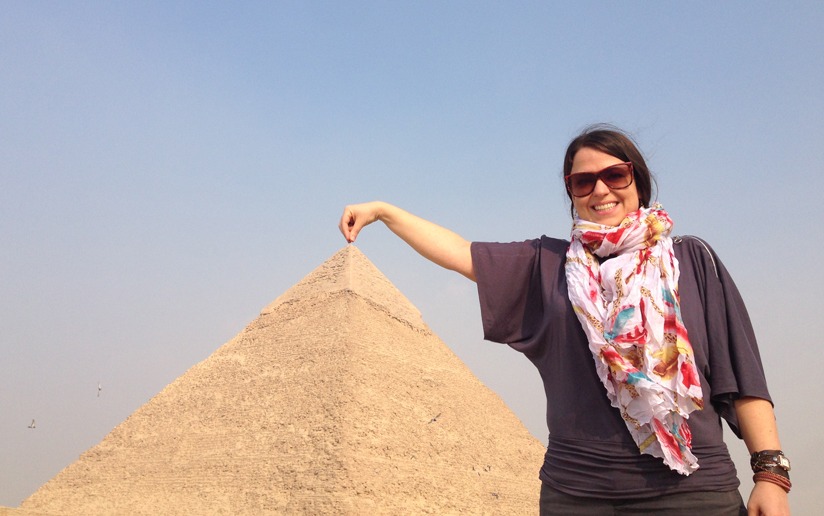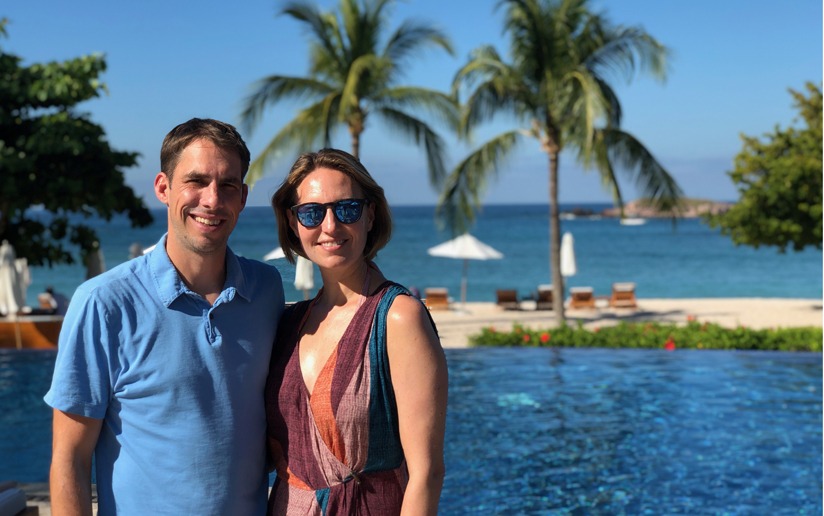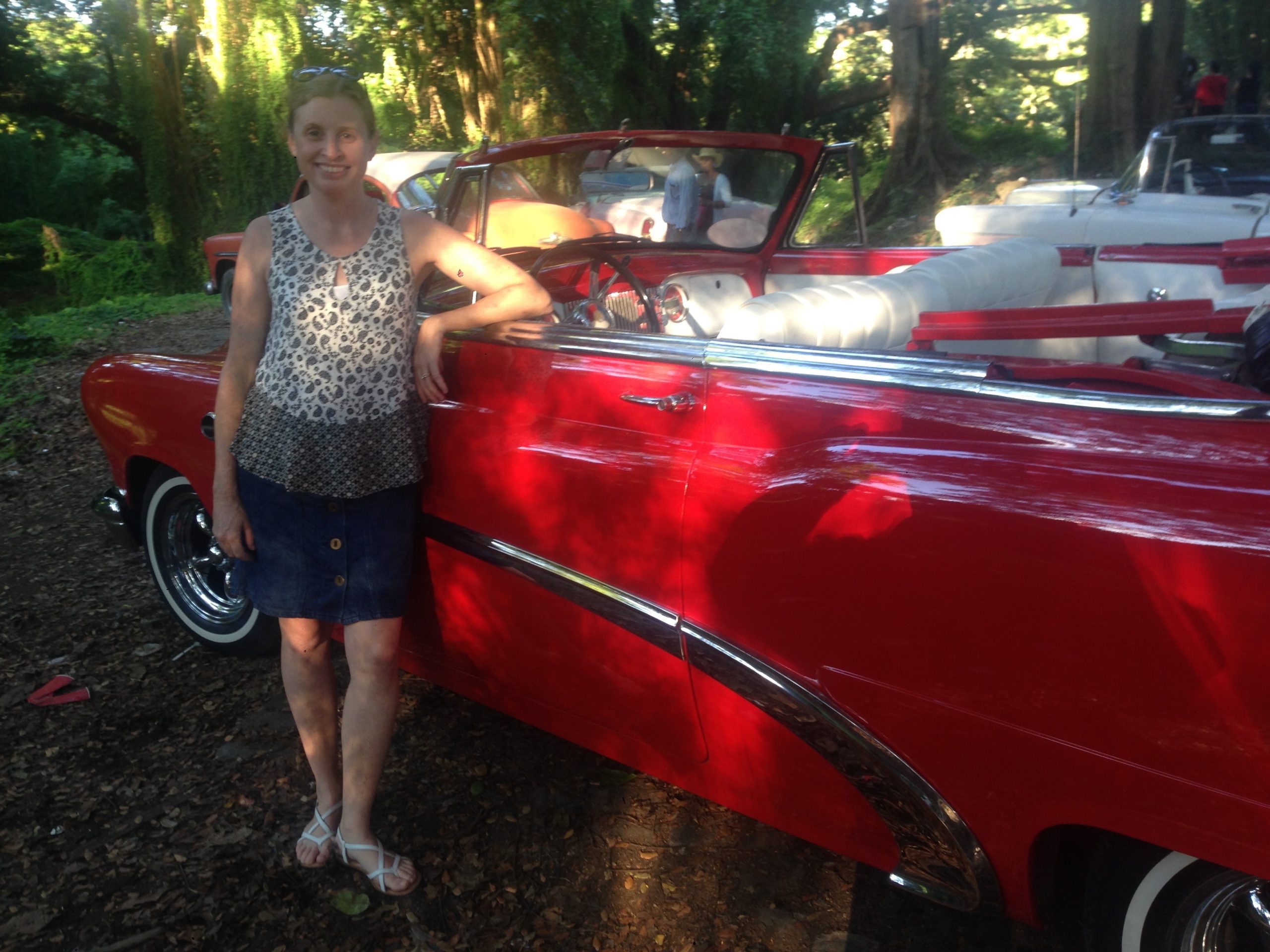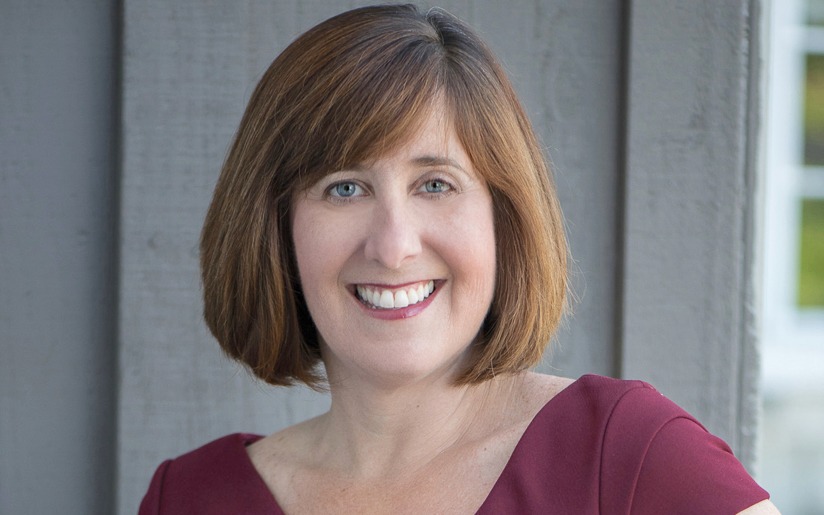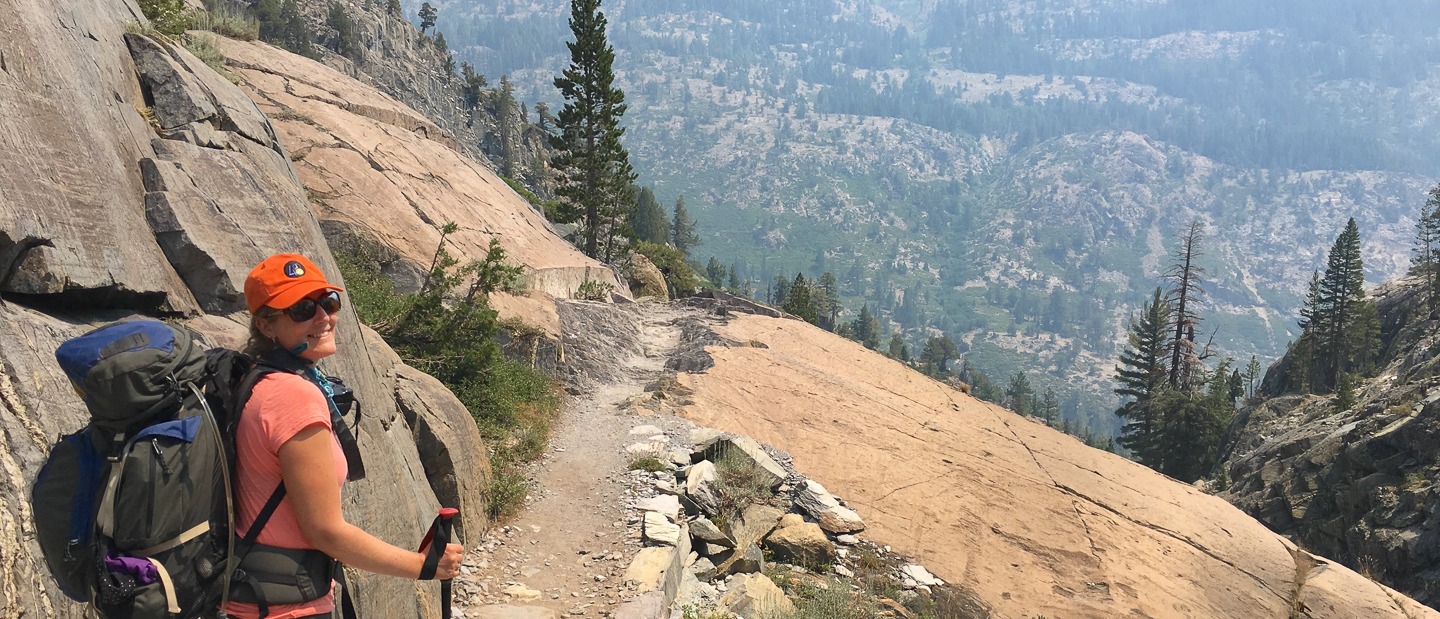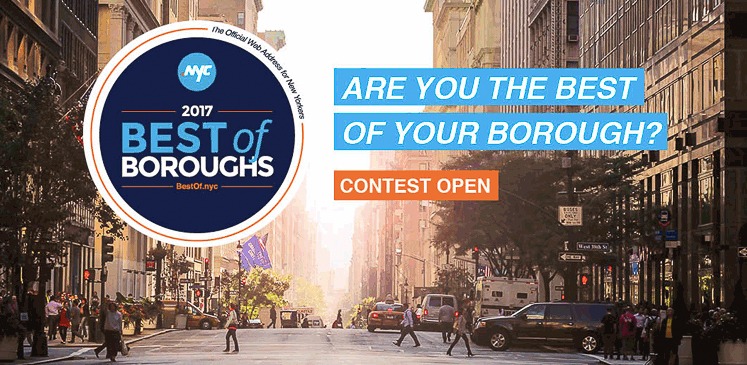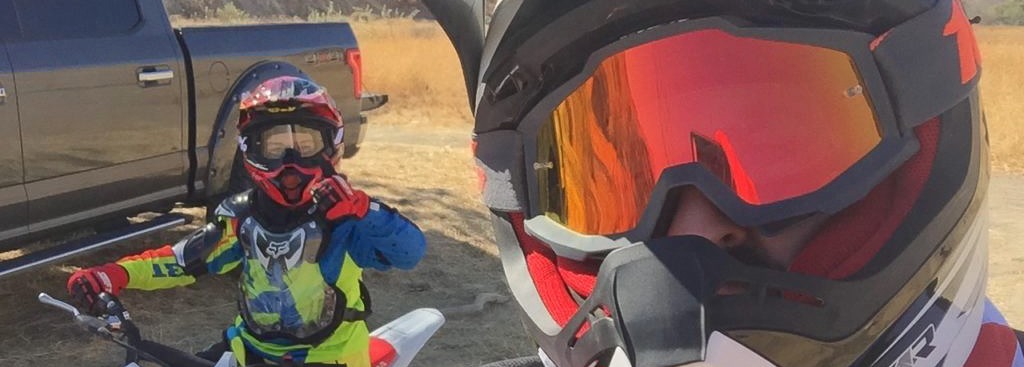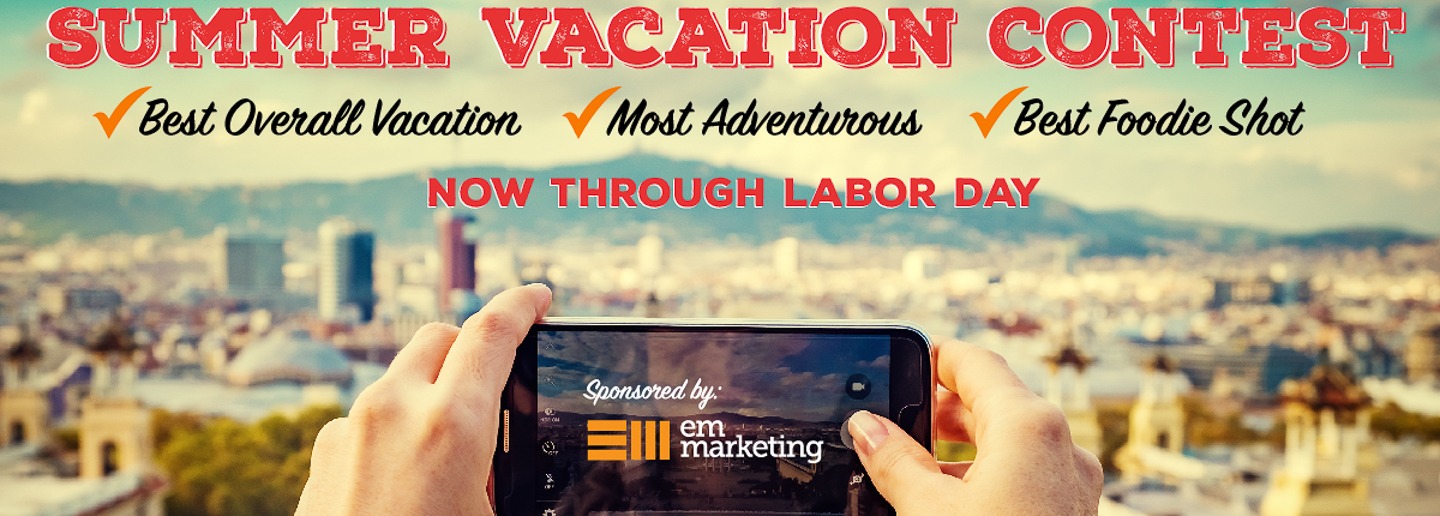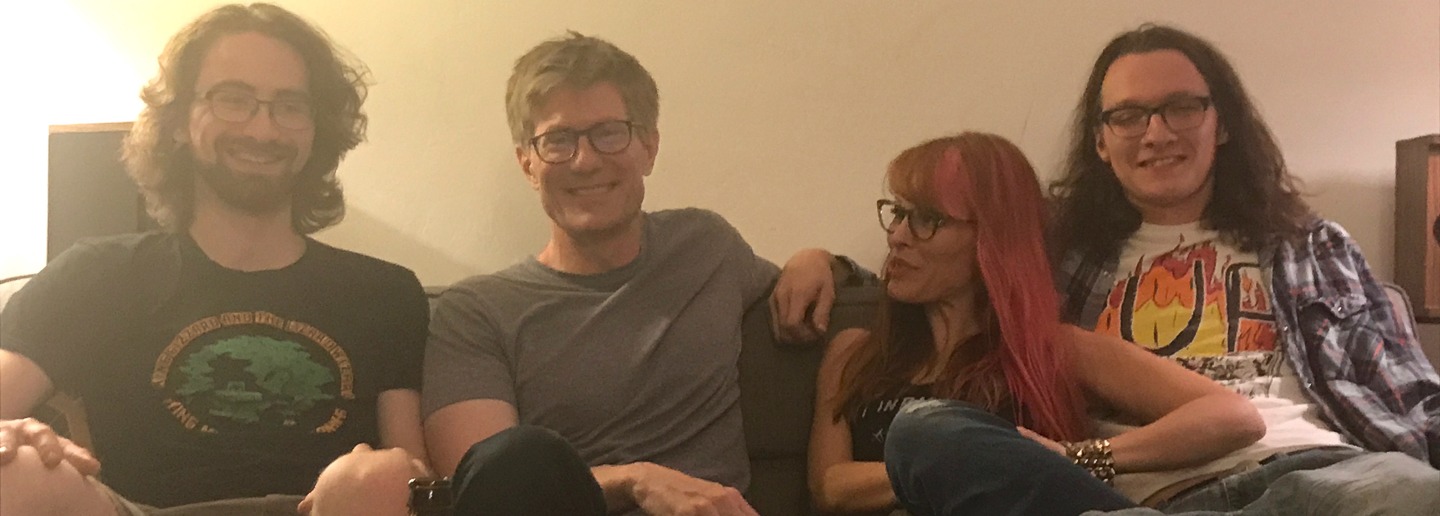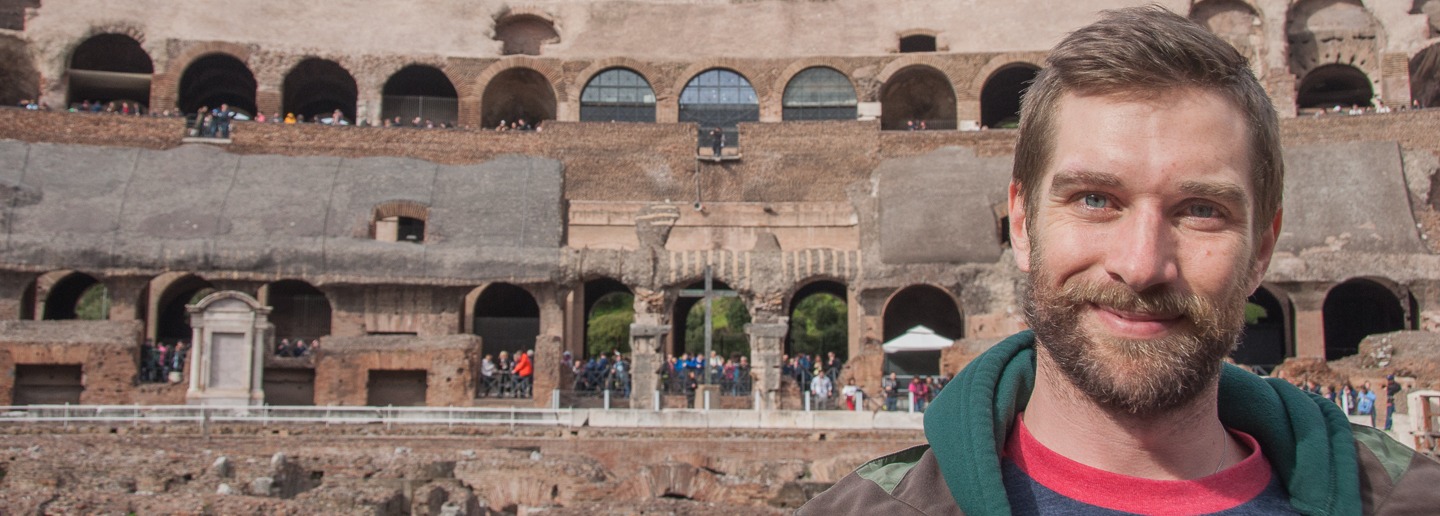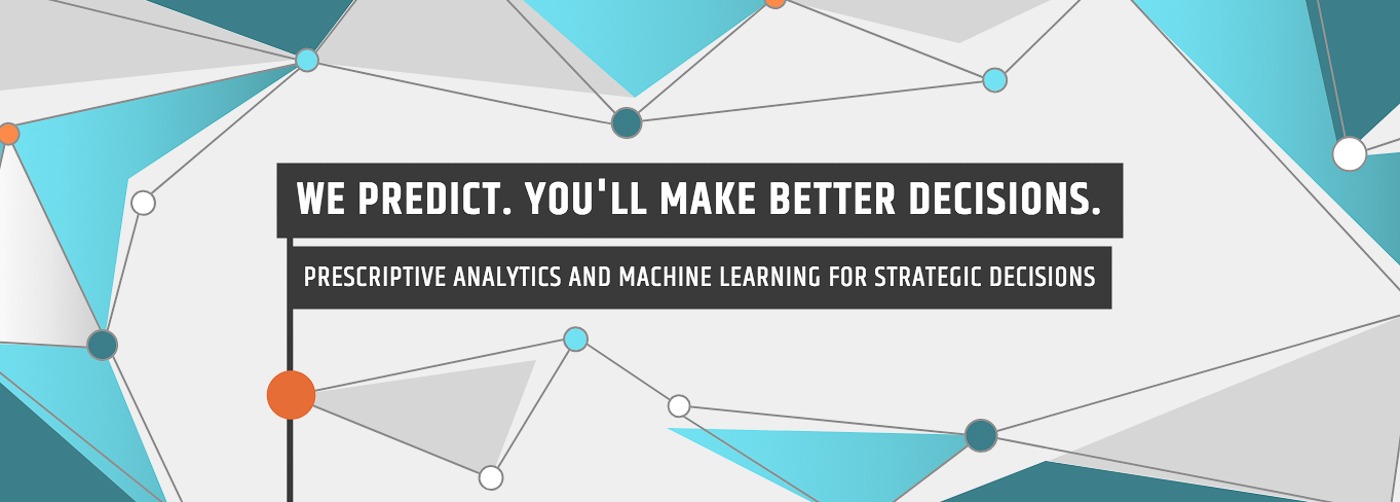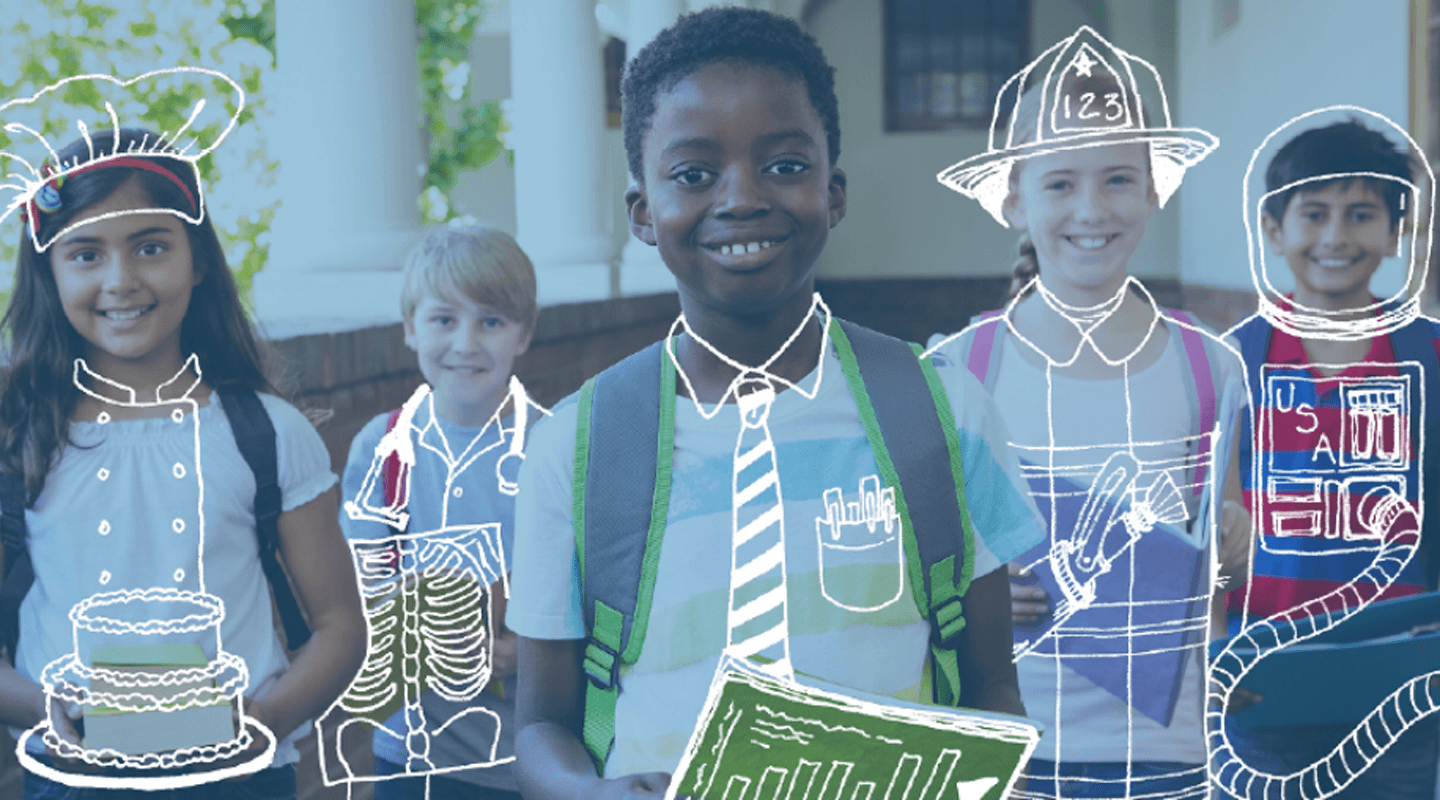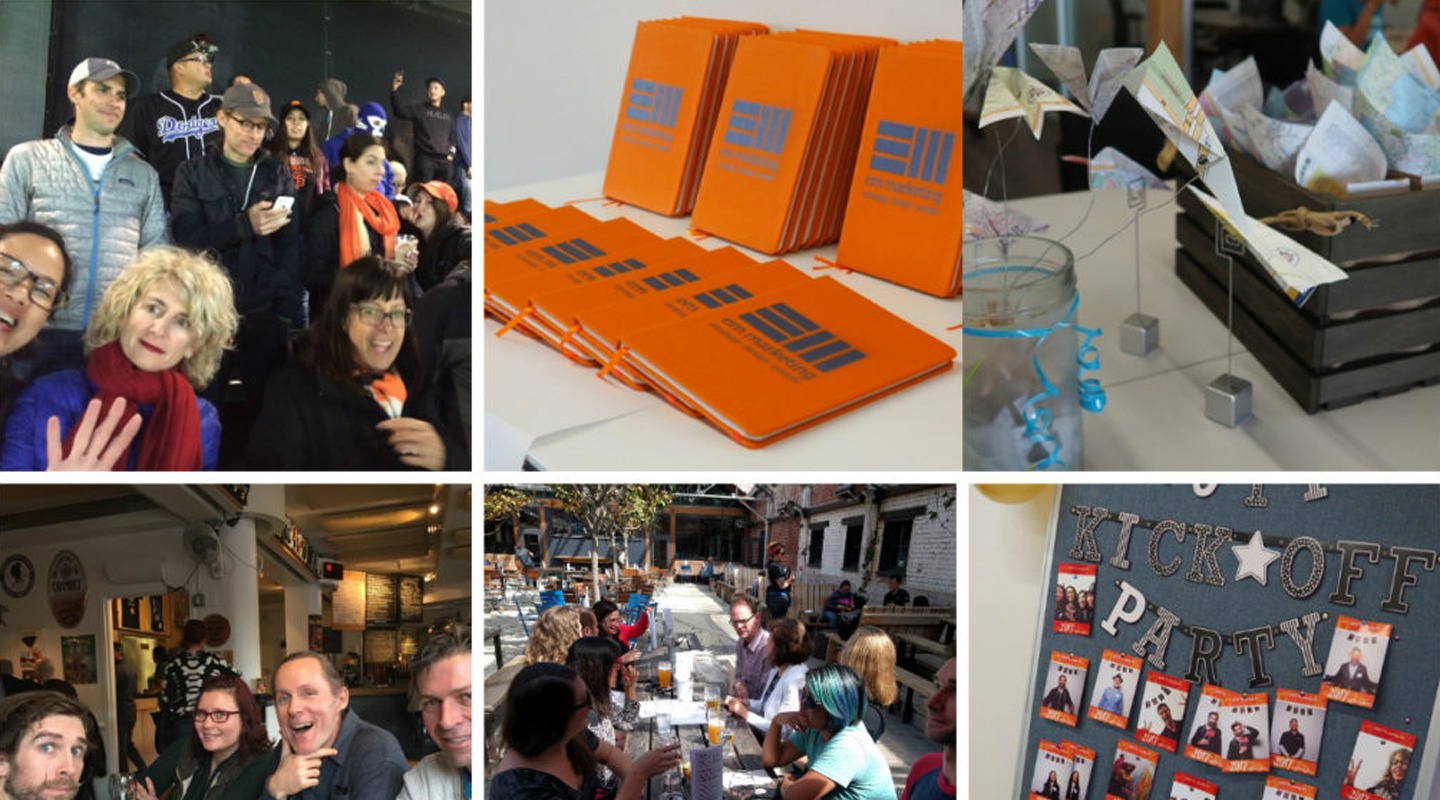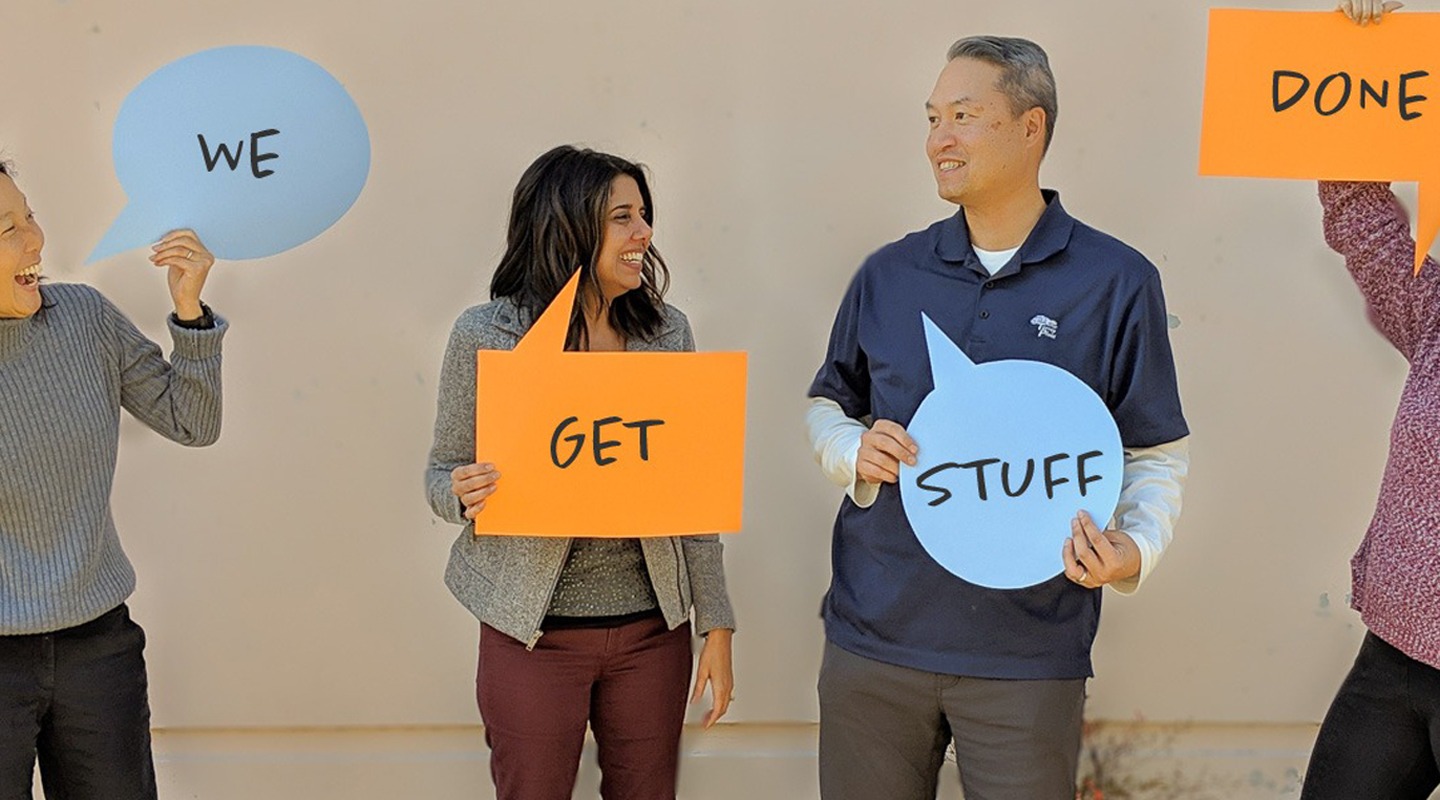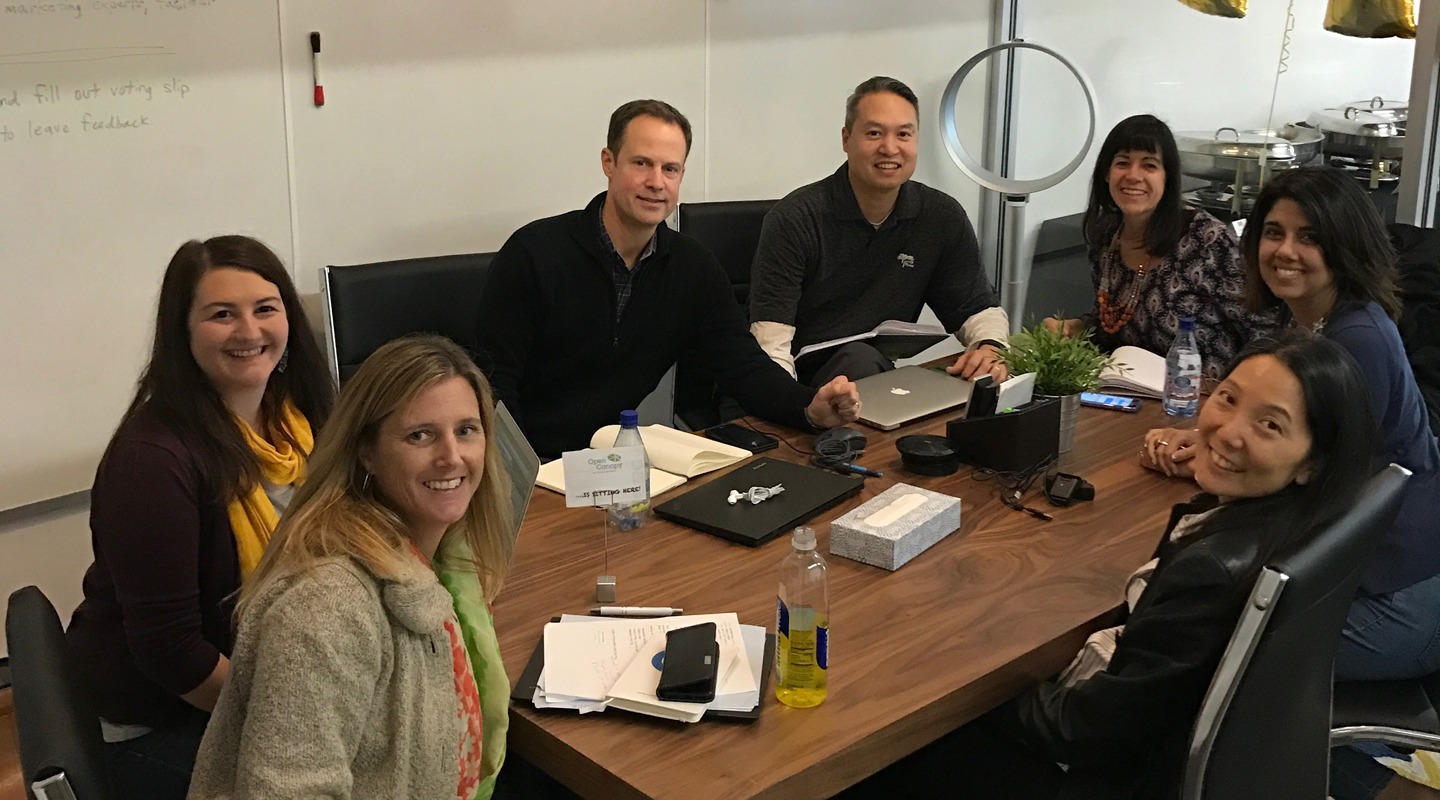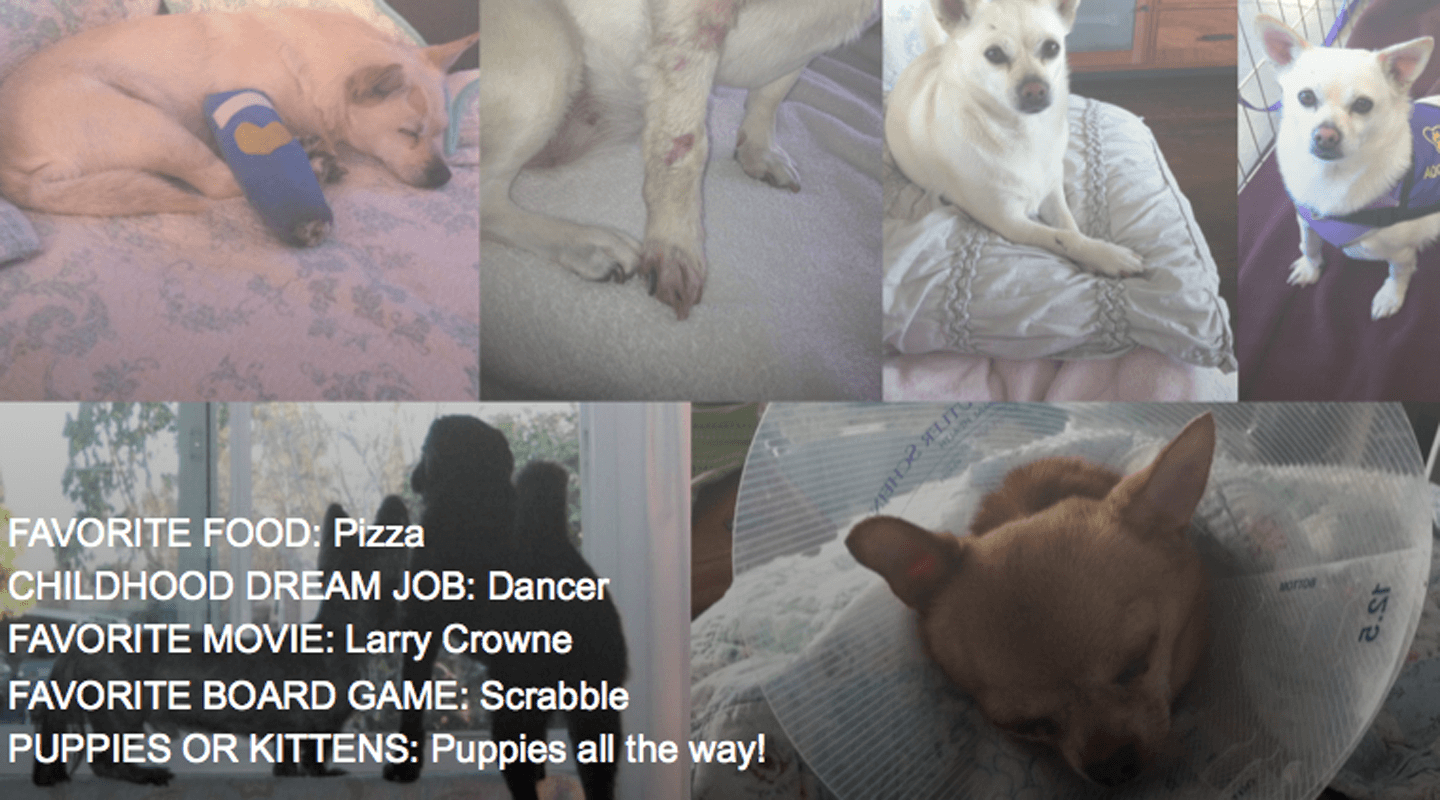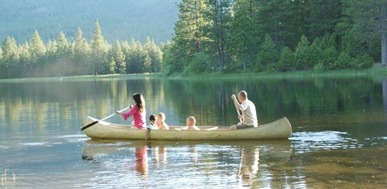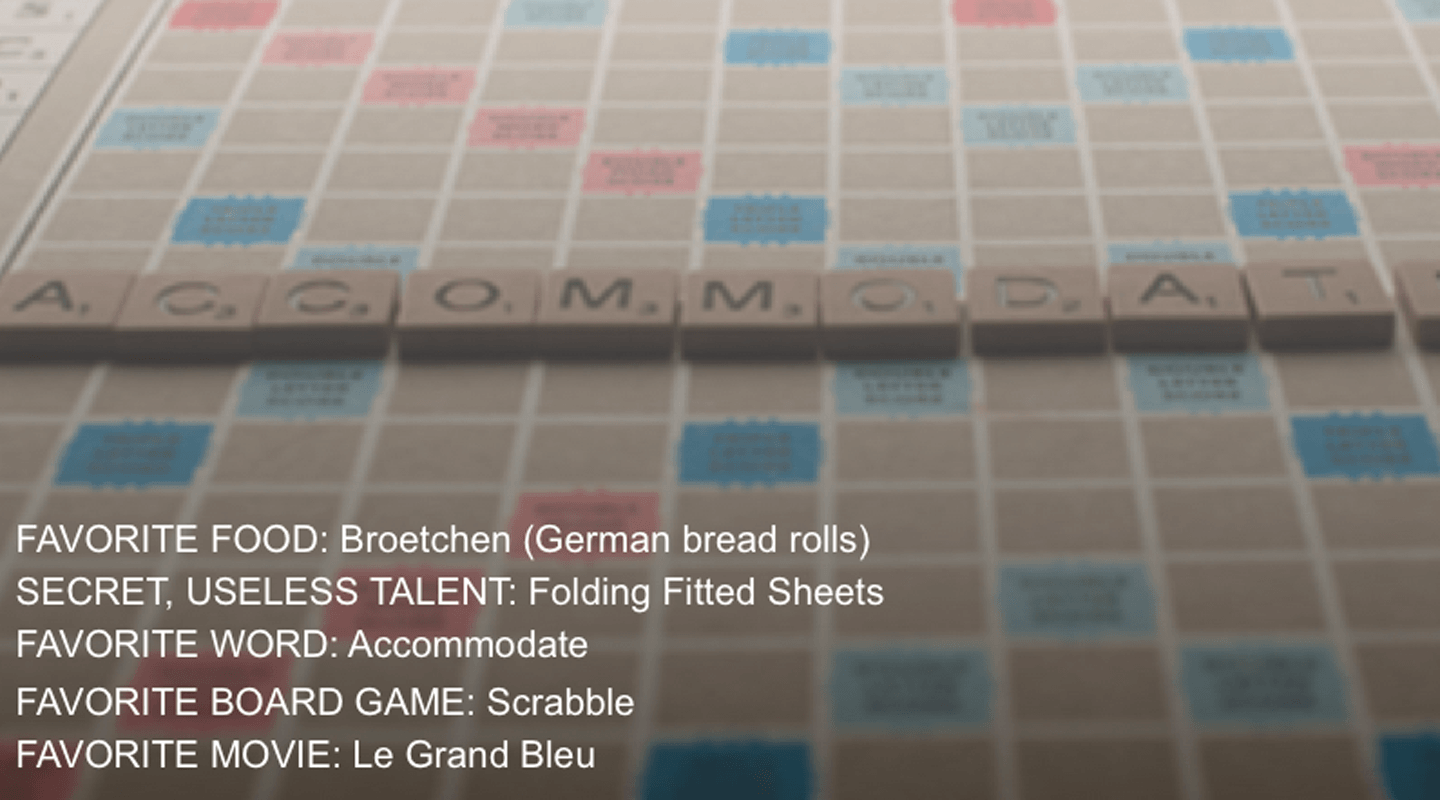
Designing a Rewarding Life: Meet Kyle Courtright
June Consultant of the Month
What are you currently working on?
Kyle’s Keys to Success
- Hustle and drive
- Multi-channel marketing
- Building relationships
- Keeping the faith during slow times
- Diversifying project mix
I just finished three EM projects, including designing brochures for Stellic to target new customers at a trade show. As a side project, I run Logo Wave Awards International, where designers upload their best logos into a juried competition with trophies and cash prizes. It’s a way for agencies to gain recognition and credibility so they can win more projects and raise their rates over time.
Logo Wave has been in the works for four years, and it’s continuing to grow. I’ve pitched a lot of bad business ideas to my wife. She’s so loving and supportive, but she’s also able to tell me how it is. She thought this idea could have legs.
In the beginning, I reached out to freelancers and agencies to let them know that their design work looks great and asked if they wanted to try out this new competition. It was a natural way to invite designers to the platform, while providing some encouragement. As it’s gained credibility over time, I’ve been able to turn a hobby into a business.
What was your favorite project to work on?
Two come to mind, both related to my love of sports. One was for USA Swimming, which just built a new facility in Colorado Springs. They were looking for two 20-foot murals featuring well-known, gold medal winning swimmers such as Michael Phelps and Katie Ledecky. There was a lot of Photoshop work that went into those compilation pieces. They were pleased with it and it was great to work with an Olympic organization. I am also proud of a logo I designed for USA Bass, whose umbrella company is US Angling. They’re trying to vie for a spot as a dedicated sport in the Olympics.

What path did you take to become a consultant?
My dad was a pharmaceutical sales rep and my mom was an art teacher. In forming my design business, I inherited a bit of both of them, with the sales and marketing aspect and the artsy side. In high school, I loved art and computers, but had no idea what I wanted to do. My senior year, I took a computer graphics class. It was the first class that I wasn’t waiting for the bell to ring. I wanted more of it. Eventually, I got accepted into Indiana Wesleyan University, which is known for its art program. There, I met my soon-to-be wife and we moved to Albuquerque, where my sister’s family lives.
I started working low-paying nine-to-fivers that were, at the risk of sounding dramatic, pretty soul-sucking. I just put my head down and worked hard while building my freelance business. With one job, I would work overtime, come home, hang out with my wife, then I would work more in the wee hours of the morning, then wake back up at 7 AM for the day job. I knew I had to pay my dues, but ultimately, I wanted to work for myself and would do anything to reach that goal.
How do you market yourself?
I learned SEO on my own. It seemed like the way to go back then, because there was a lot of opportunity. I didn’t want to pay for ads and it was a sustainable way to grow the business.
Early on, Thumbtack helped me build my client base with gigs such as logos and marketing collateral. If you’re building up your portfolio as a designer, writer or developer, it could be a good starting point, but you have to sort through the lower quality leads. I took on one project out of every 10 that I looked at.
For qualified leads, I’ve found that Dribbble, an invite only platform, is good for creative professionals. Perusing some of the basic profiles, I came across the Creative Director for USA Swimming. He had amazing work, so I invited him. Later, I got a message on Twitter from him saying thanks, then we connected and it led to work with USA Swimming.
I built a large audience on Twitter by sharing design work and best practices, and Brandon Thomas, at the time a lineman for the Detroit Lions, reached out and asked if I could design a logo for him. He was kind enough to get me in touch with the Creative Director and VP of Marketing to commission me for design work. They became a great client and I’ve done annual reports, 130-ounce popcorn buckets sold at Ford Field, fan guides, and other cool projects.
To find other interesting work, LinkedIn Pro has been a game changer; you can search by contractor opportunities, remote work, and clients that are looking for ongoing consultants. Again, you’ll need to sort through to get to the meat of it.
“I strive to offer an excellent product that I would be proud to deliver to my clients and my clients are proud to share. If that’s the mindset, then the sky’s the limit for consultants out there.”
Now that I’ve been doing this for 11 years, 80 percent of my business is word of mouth. I strive to offer an excellent product that I would be proud to deliver to my clients and my clients are proud to share. If that’s the mindset, then the sky’s the limit for consultants out there.
It all comes down to putting in the work up front. I don’t believe in luck necessarily, but when you build relationships, keep your ear to the ground, be kind, and give a lot of value, people will reciprocate.
What do you love about consulting?
I am convinced we all want a little more freedom. When you’re tied to one company, you have to go about things the way that they want you to. I like the idea of being able to do things on my terms. And nothing beats being able to have lunch with my wife and kiddos every day. In my mind, that is true contentment.
What has been your biggest challenge about being a consultant? How have you addressed it?
I’m my family’s only source of income, so I’ve felt pressure along the way. As a freelancer, you inevitably have low months. Two and half years ago, there was a three-month span where virtually nothing came in. It was a humbling experience. Even though I didn’t want to, I dusted off the resume and started to look for jobs.
I reflected and realized I was relying too much on the business. I made a shift to make sure I’m staying in prayer and relying on God. The floodgates opened up after that and I’m grateful.
I also gleaned a new perspective on business sustainability. Instead of only taking one-off projects, I needed to develop a recurring revenue model, so those were the types of projects that I started to focus on. I was drawn to EM because I can see an entire project through from brand name to strategy to website and identity system. It’s more of a partnership.
What are the things you like to do when the work slows down?
I try to keep the pedal to the metal. When I have extra time, I’m either trying to promote myself or market Logo Wave. Otherwise, I really value family and make sure I spend time with them during my work week.

What’s one tip you would give to new consultants?
Don’t take for granted some of the relationships that are right in front of you. It’s important not to build relationships just for the sake of getting something out of them. You should have a mindset that if you have a lot in common with someone, you should keep the conversation going.
It’s especially helpful for consultants to have a sense of community to know you’re not in this alone. It’s important to find a mentor who is a peer in the same realm, who knows what’s going on in your life besides your immediate family, and who can give you advice. You can vent, bounce ideas off of them, and learn from them.
